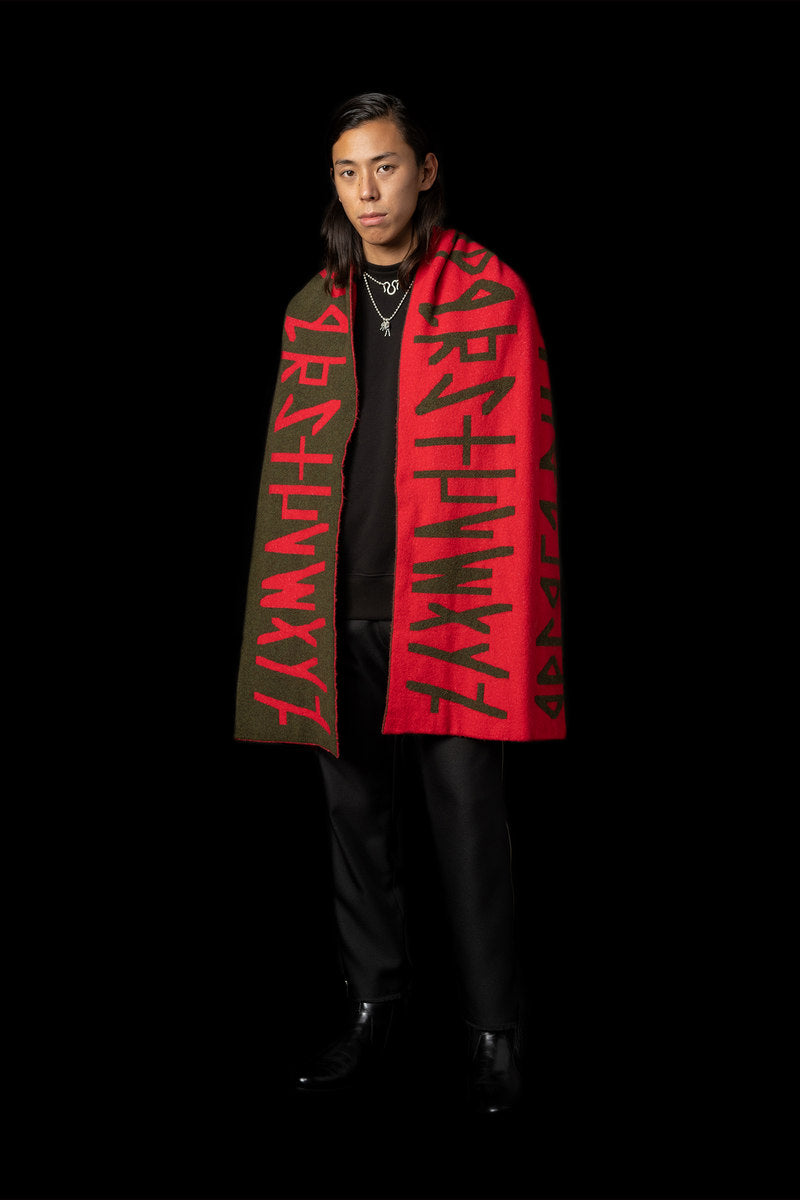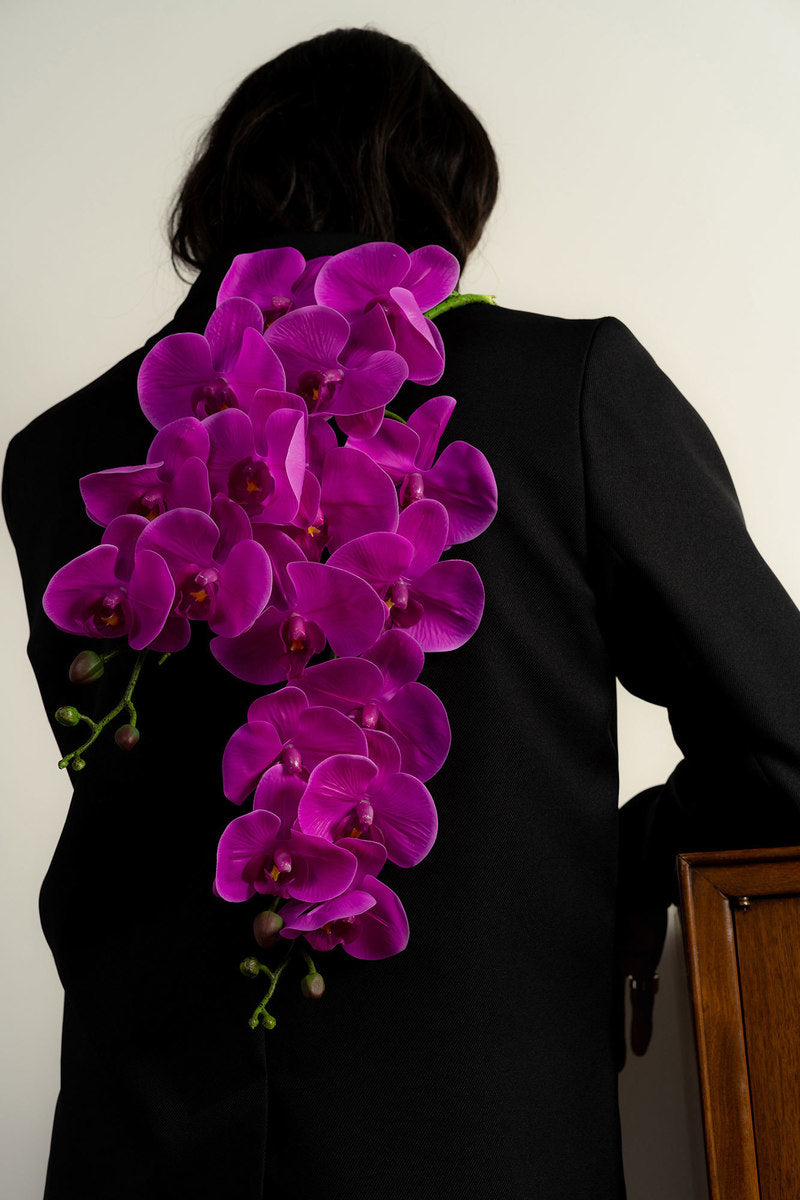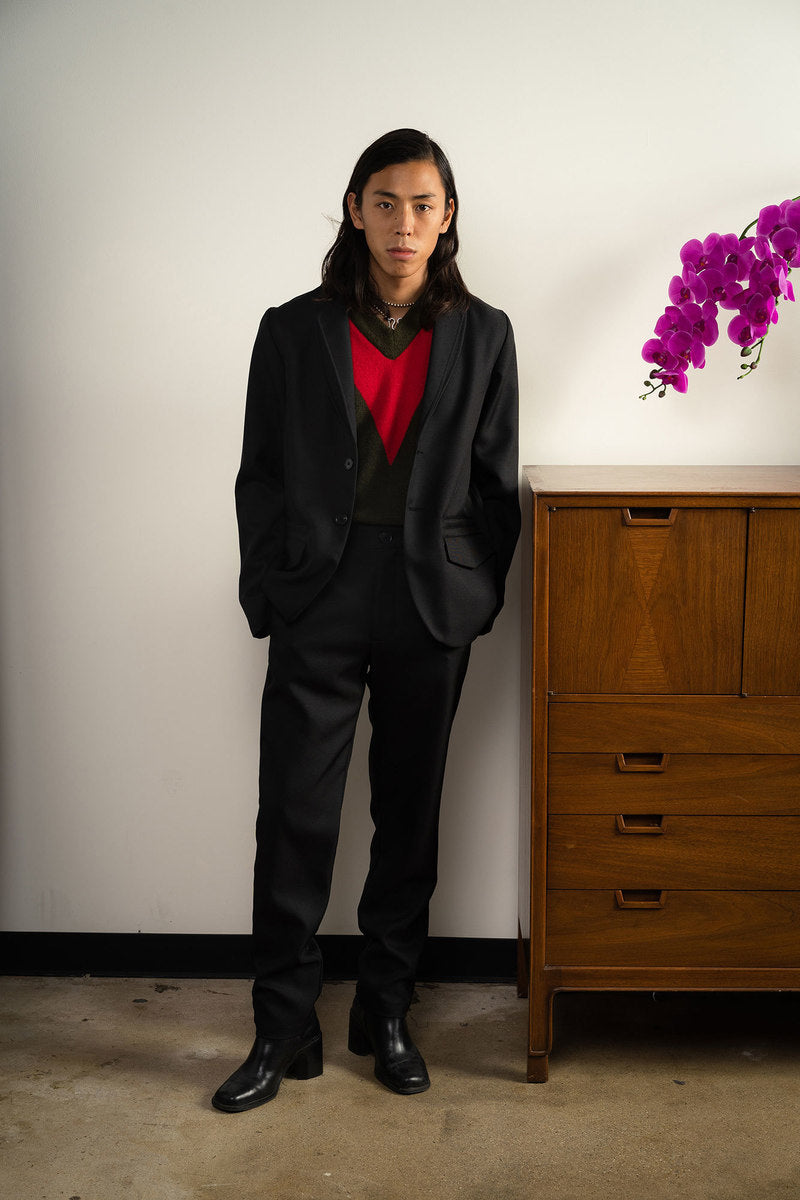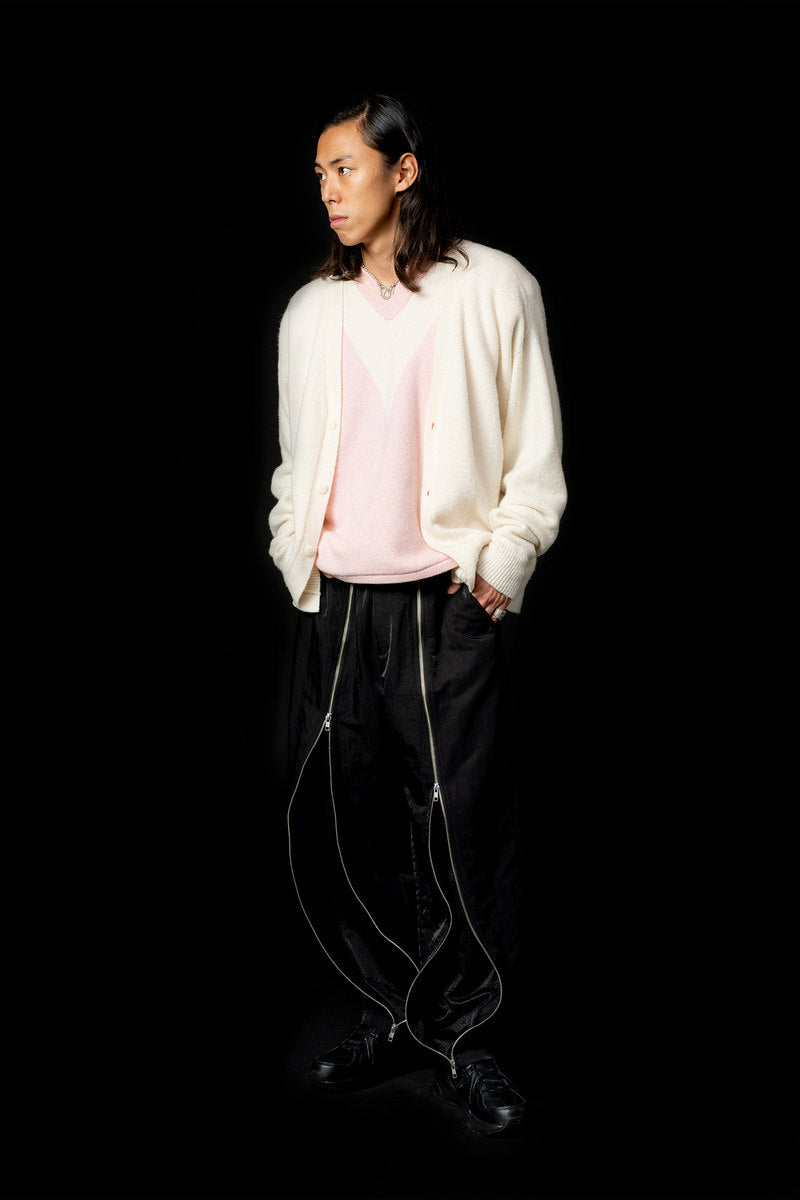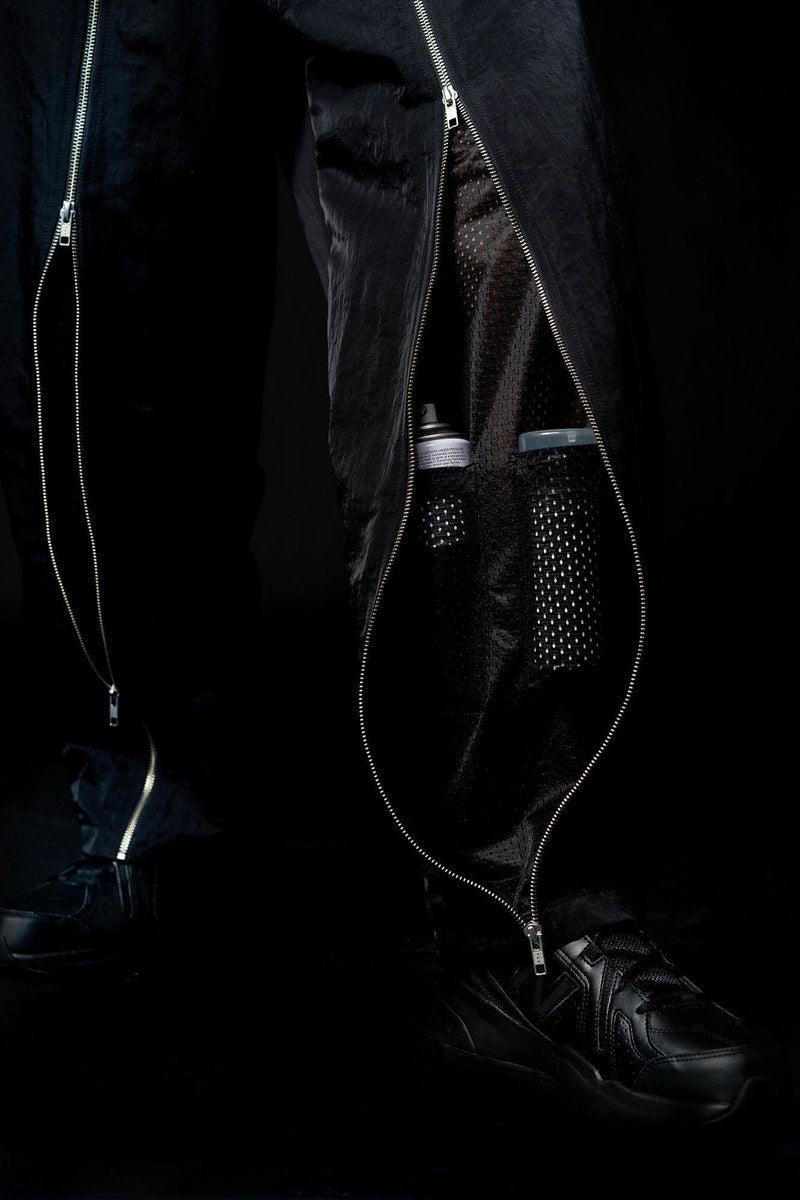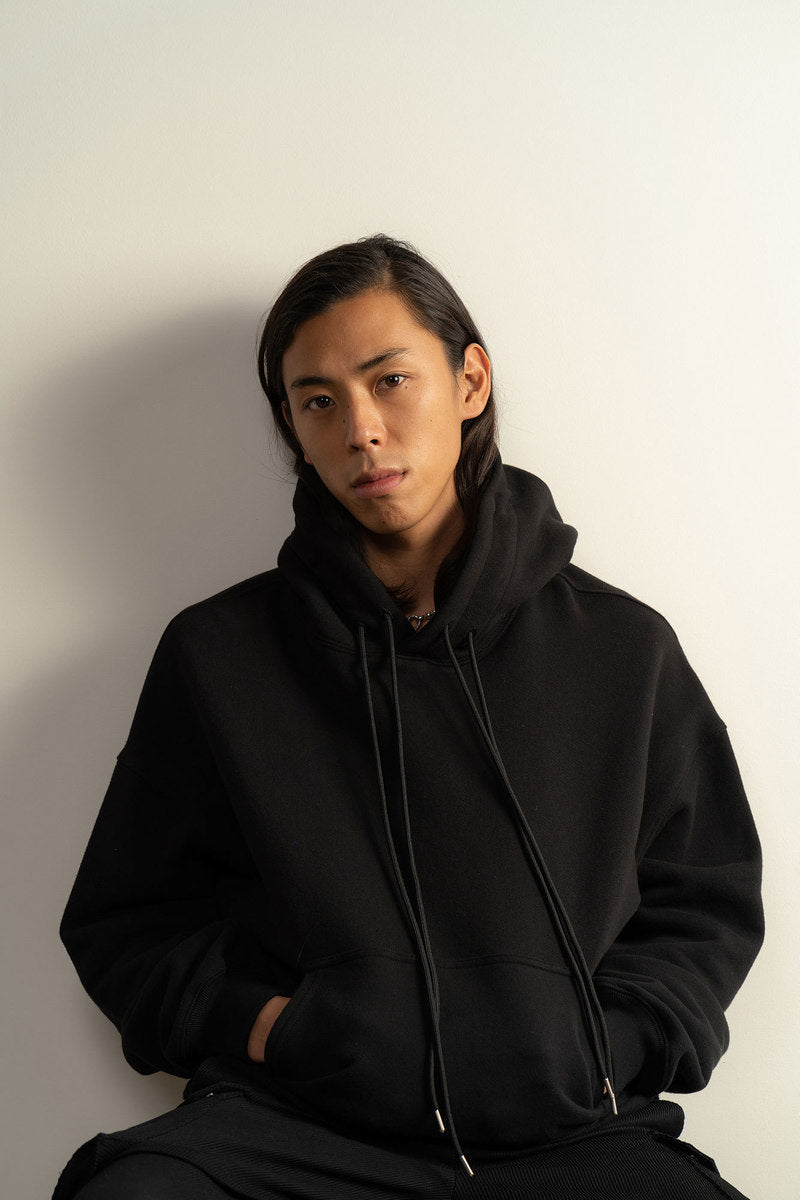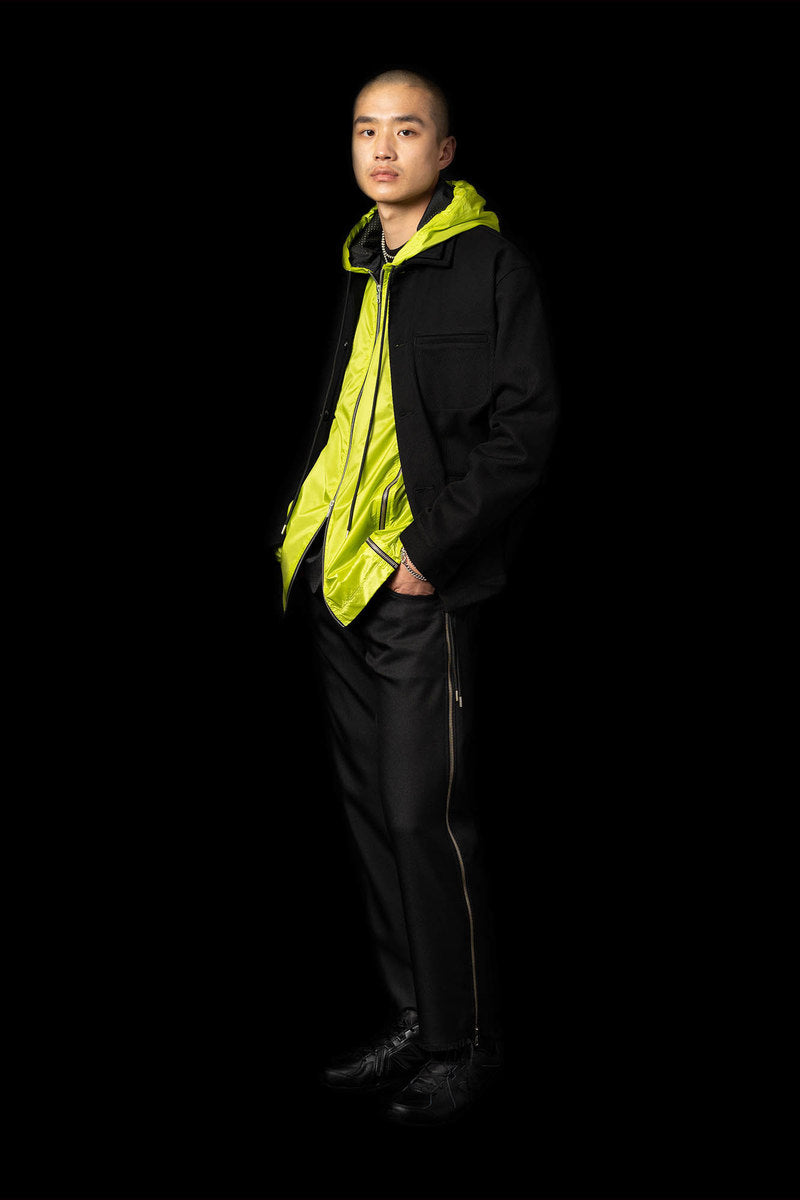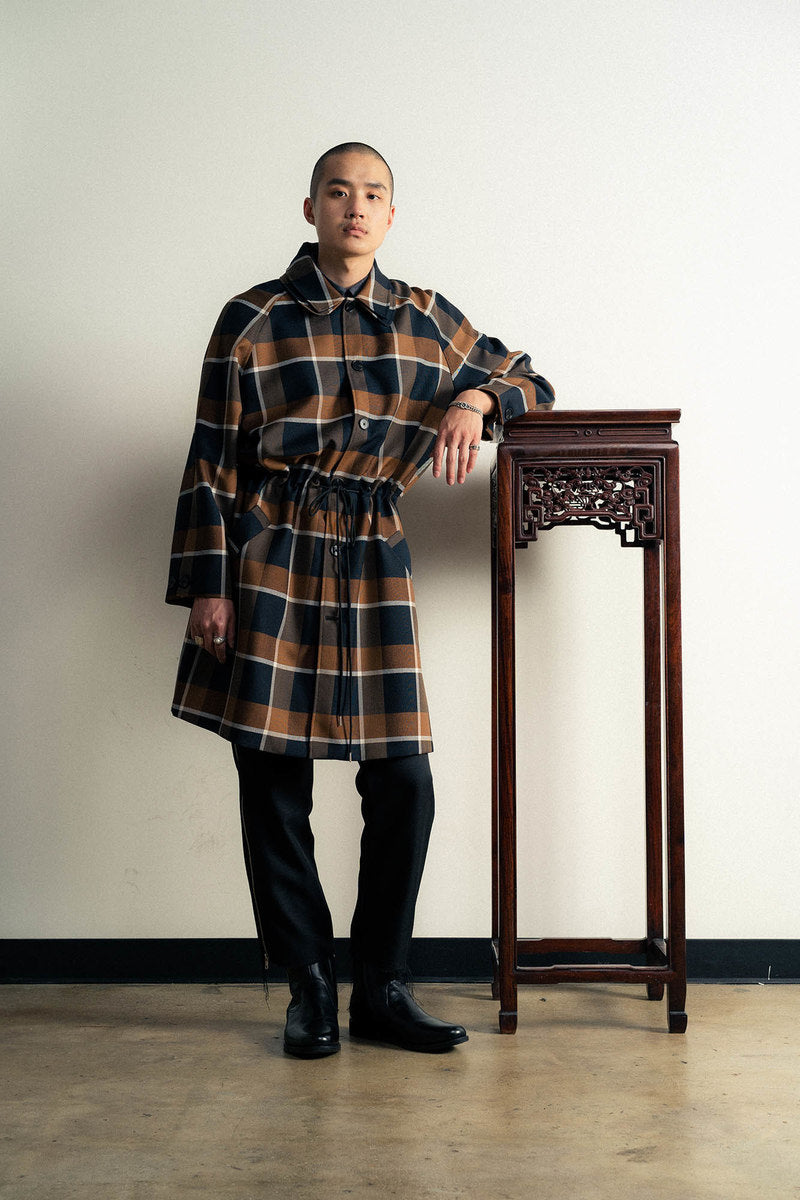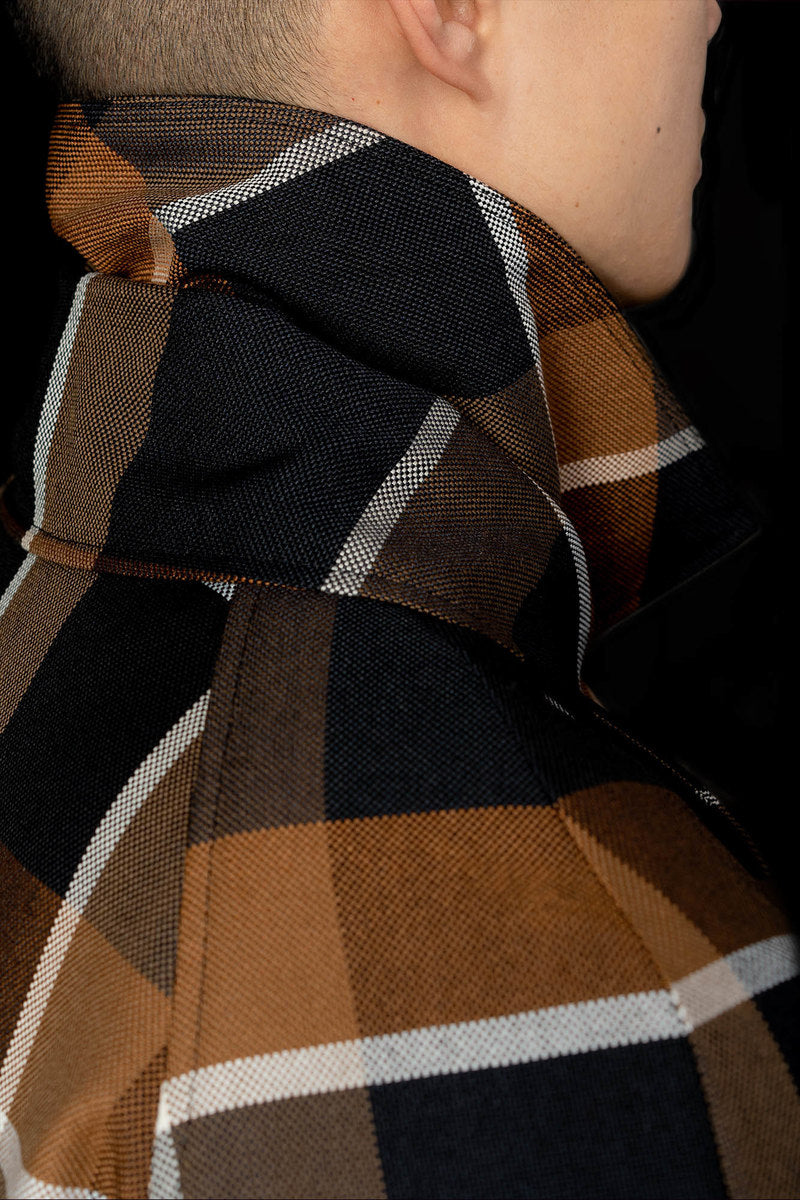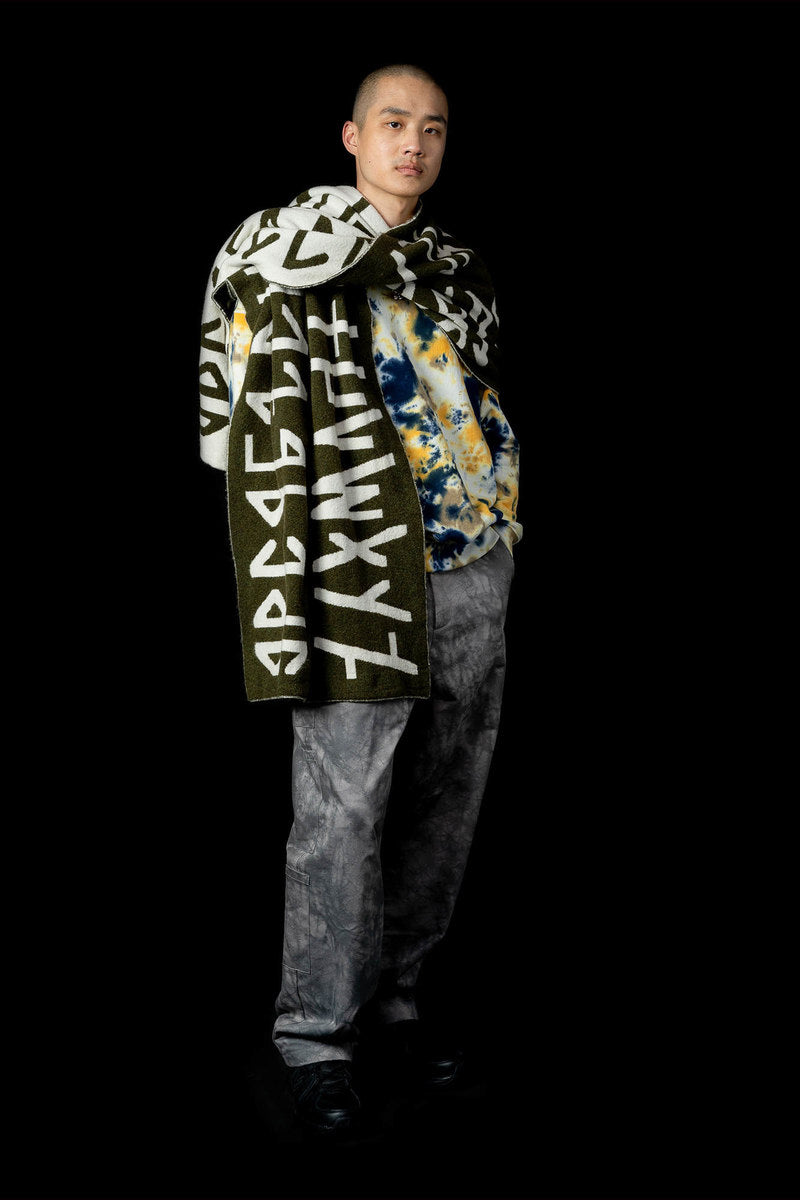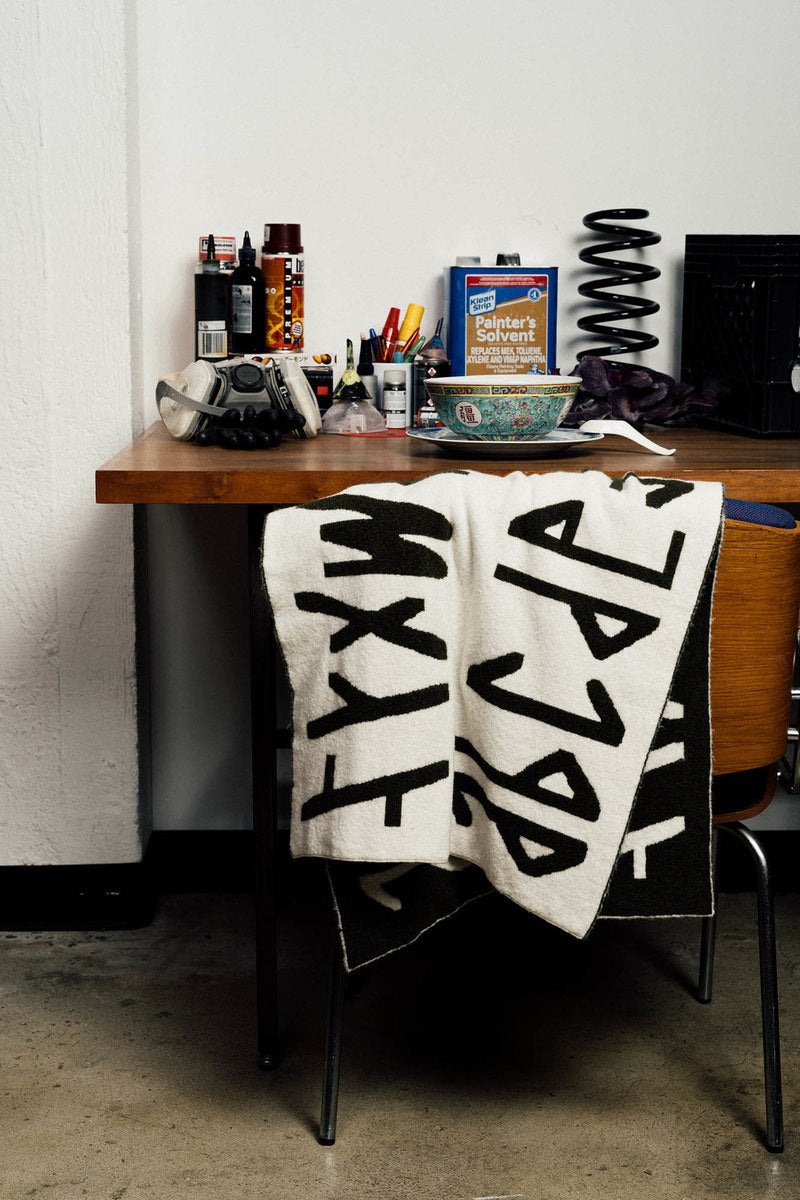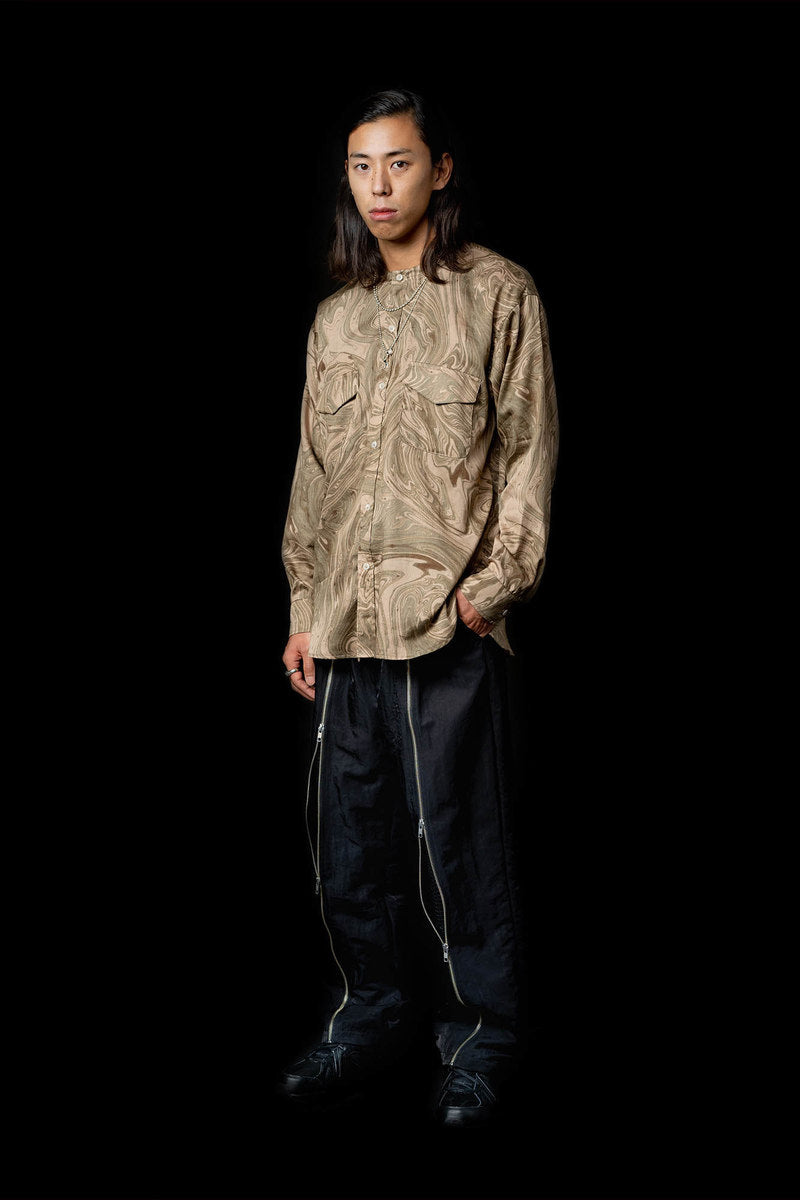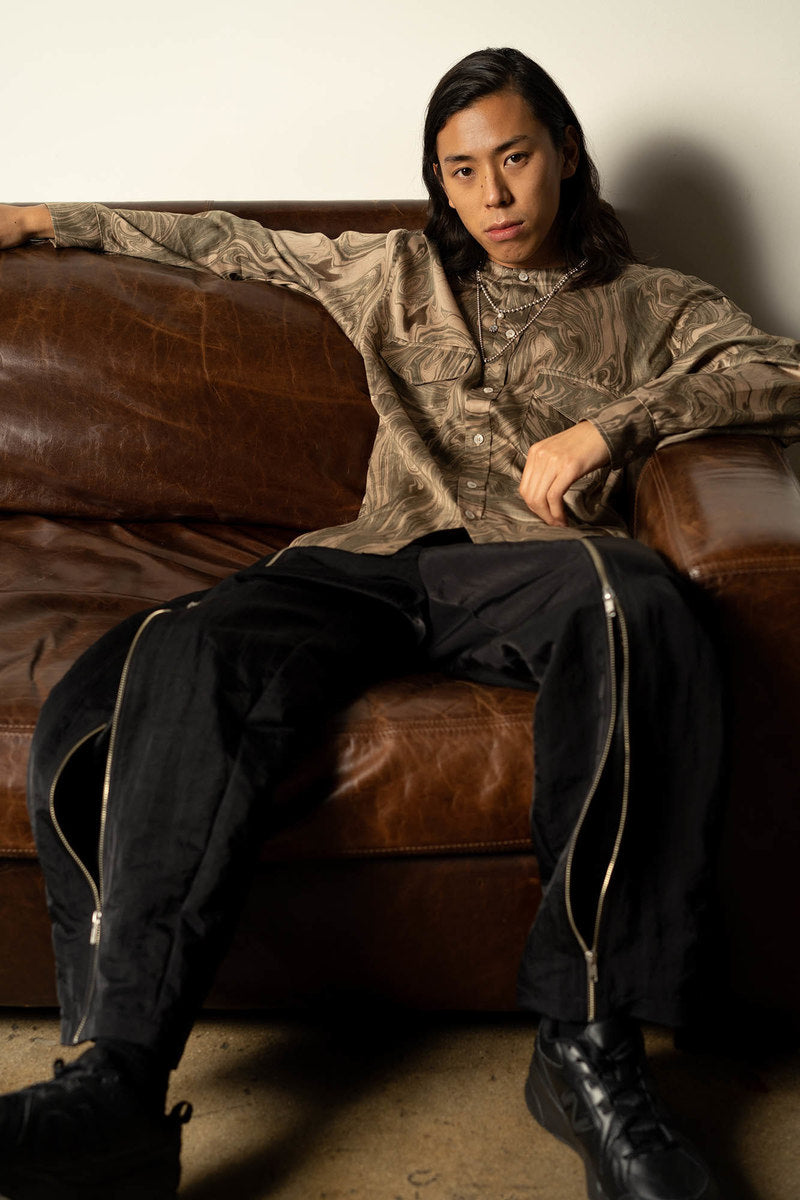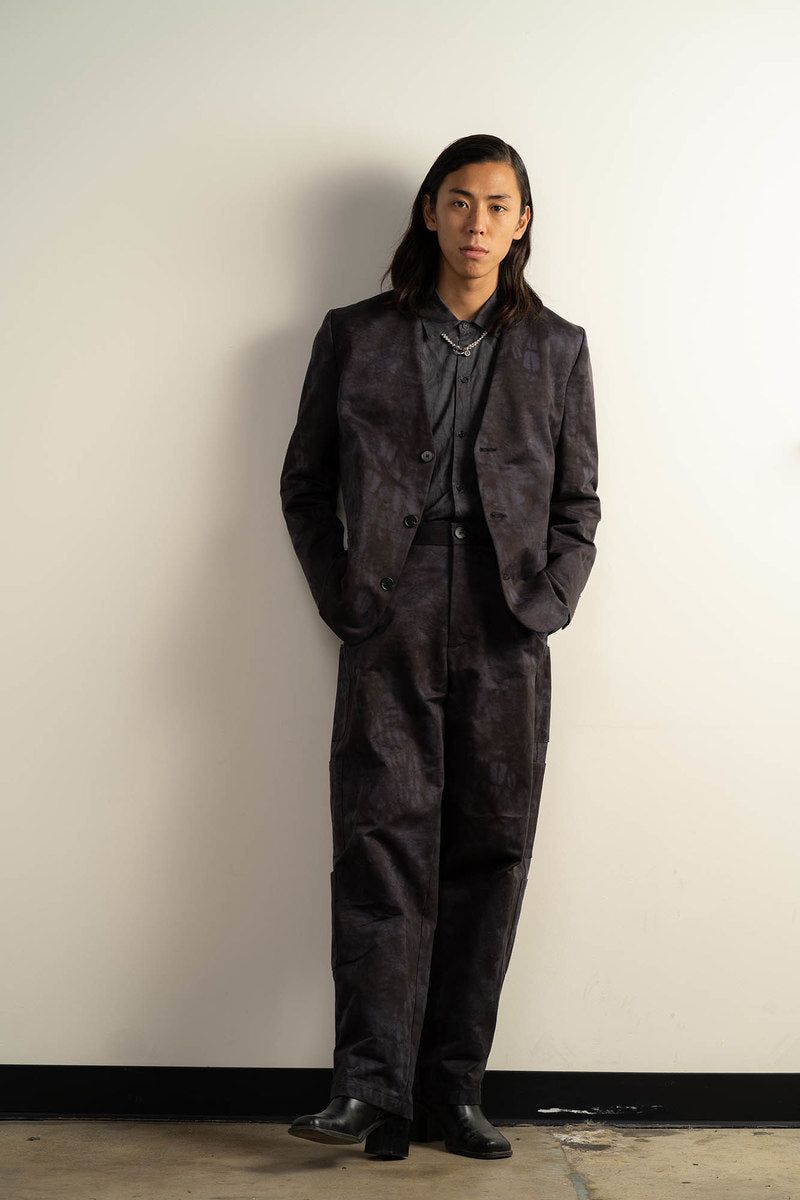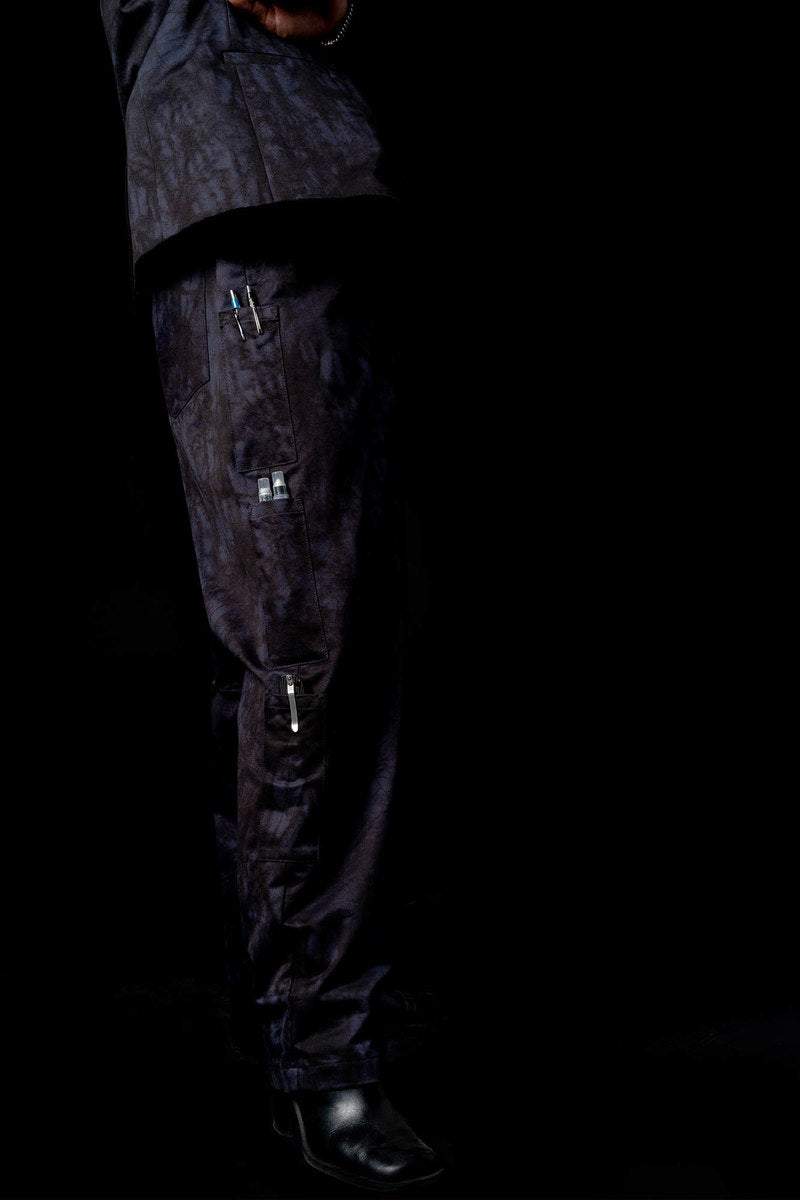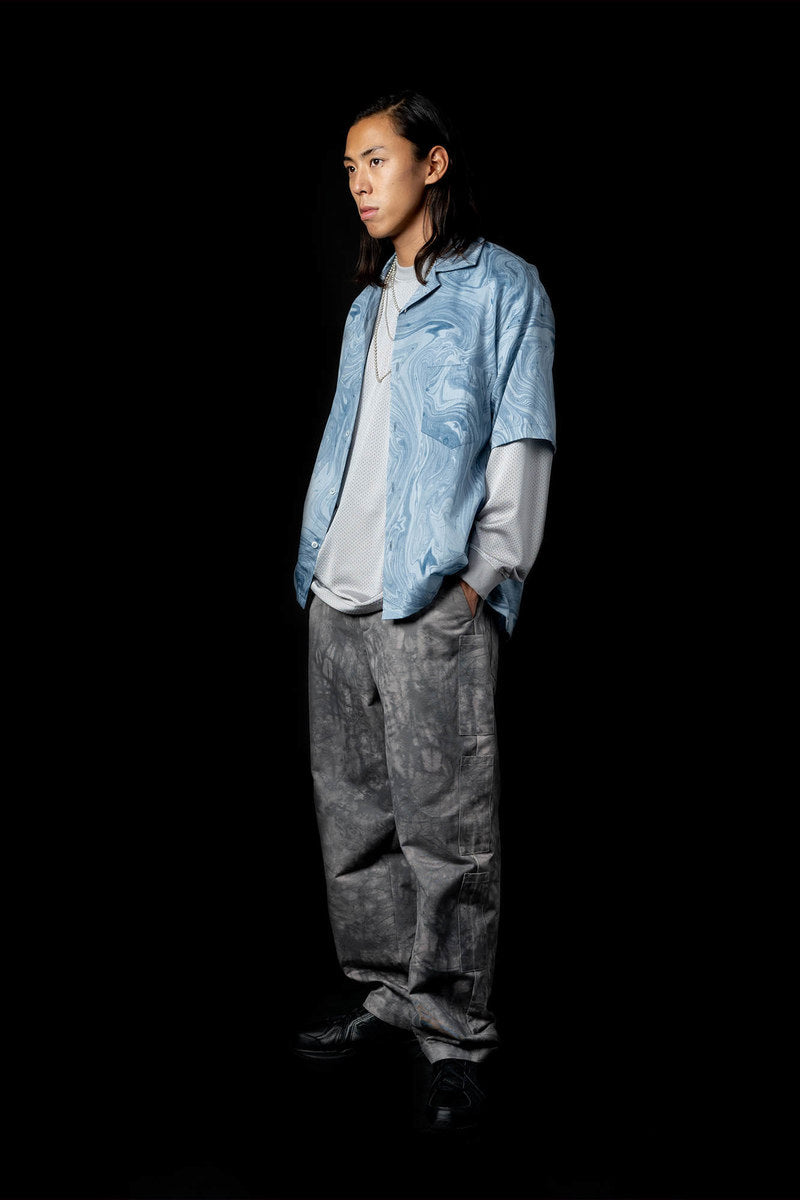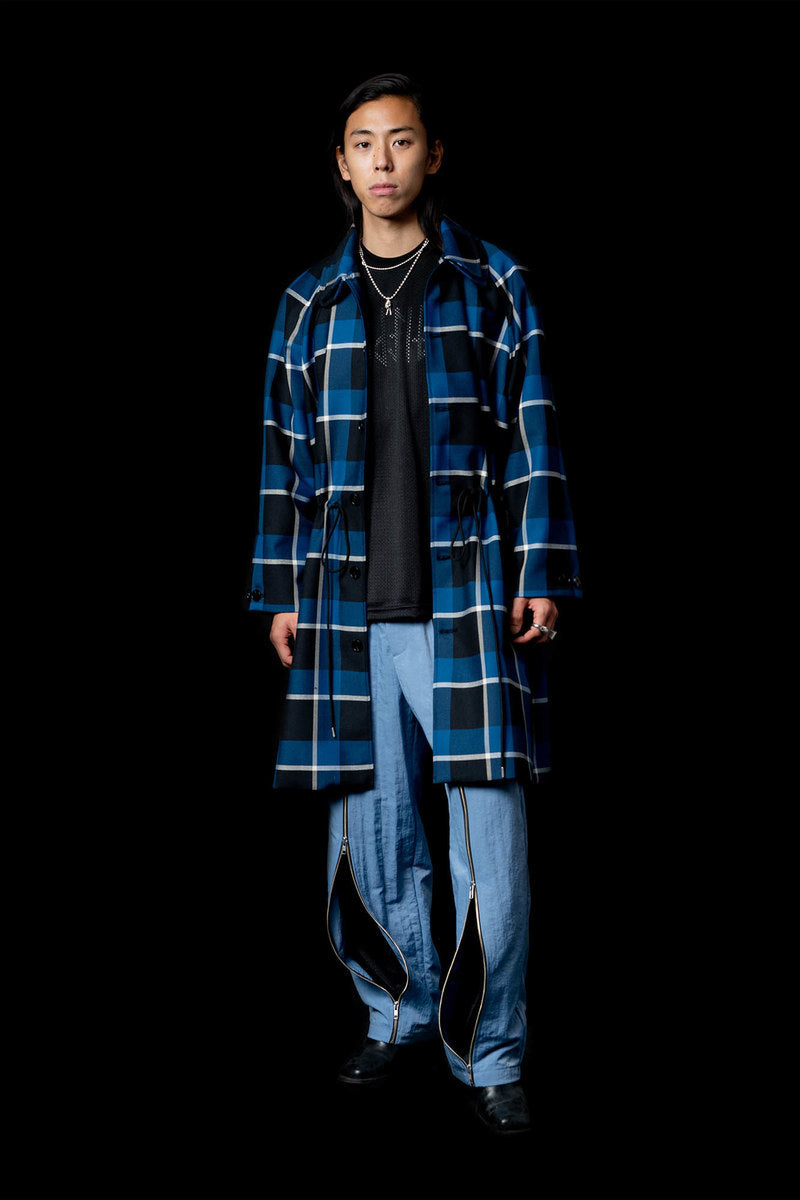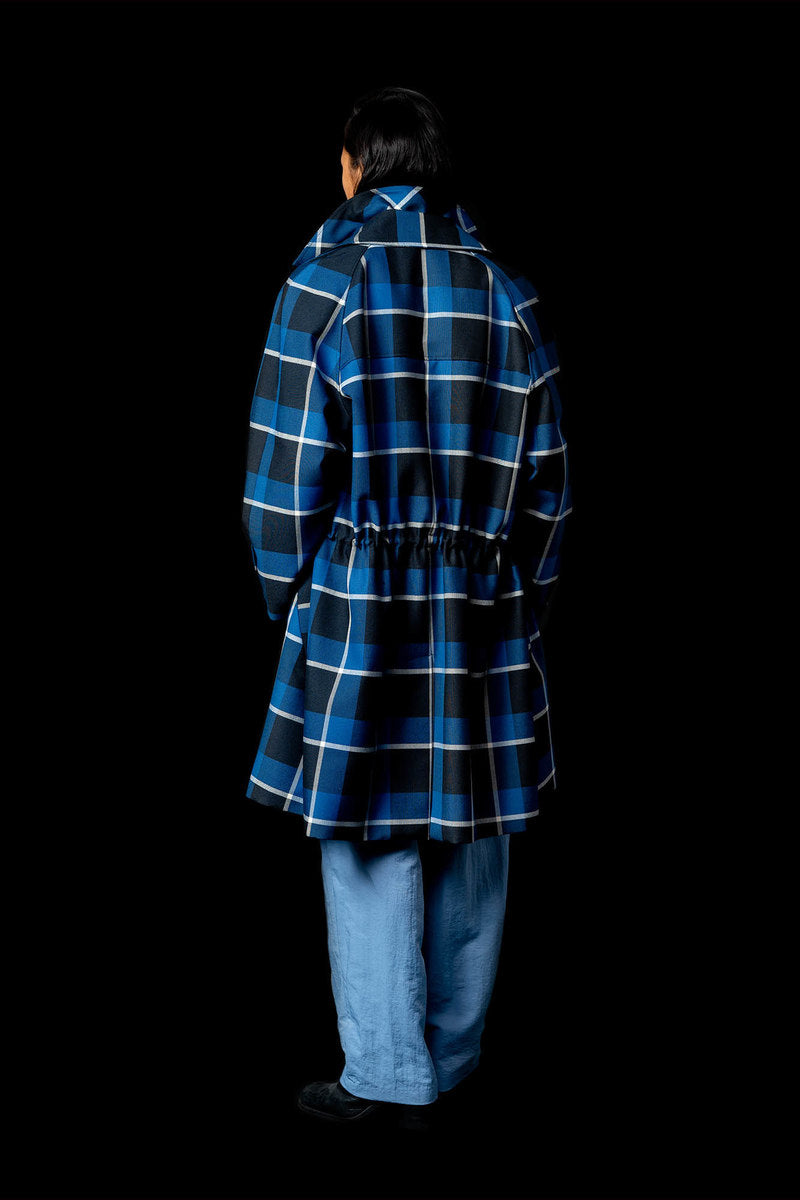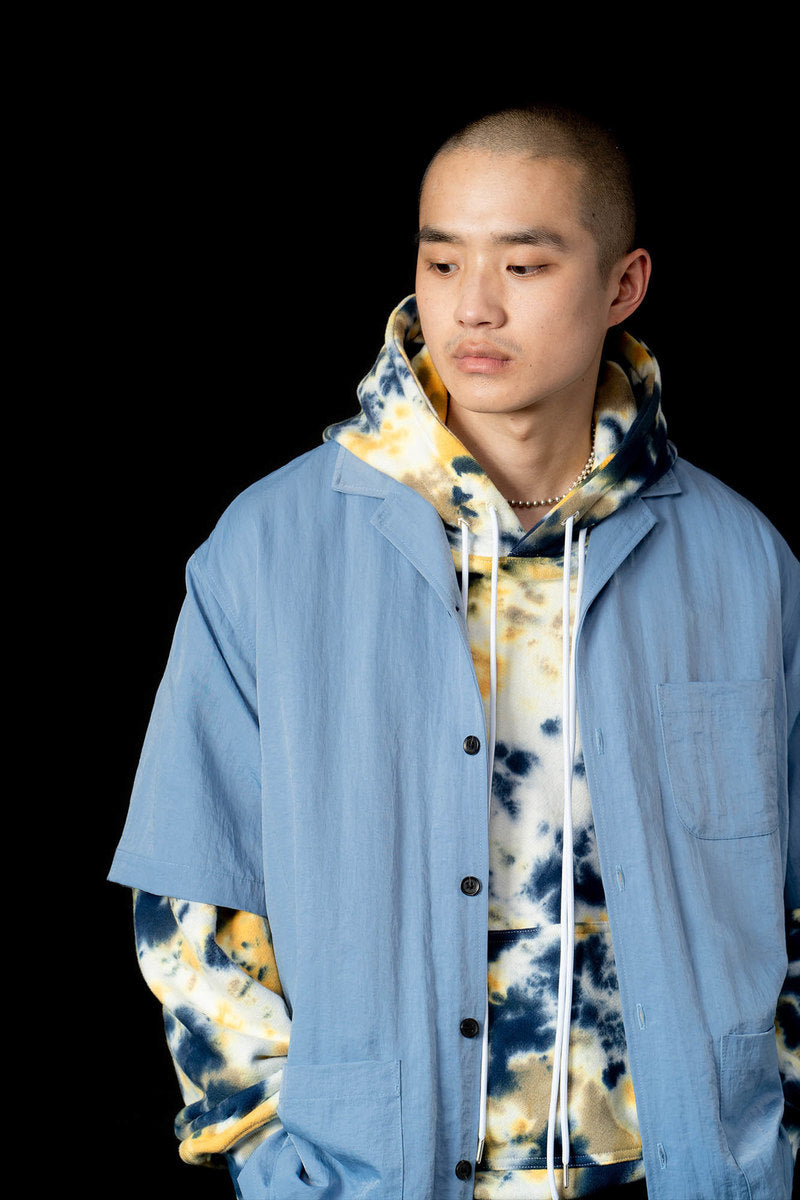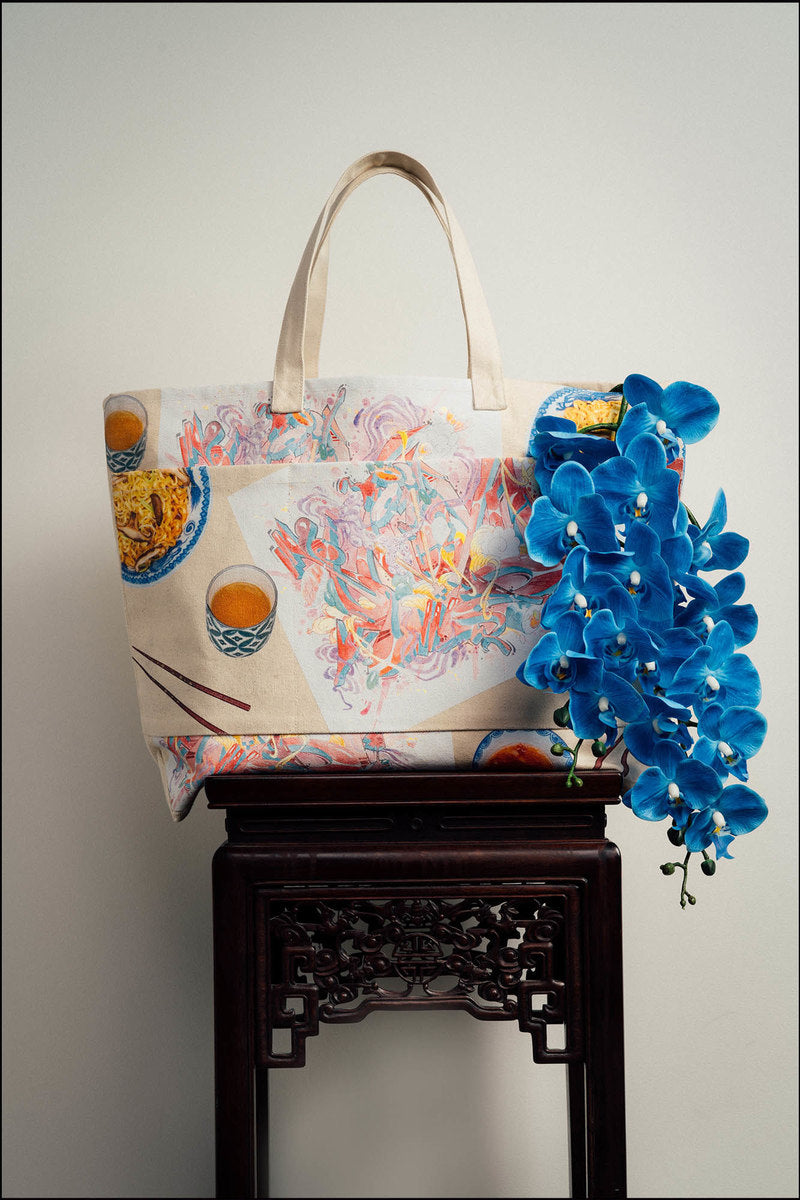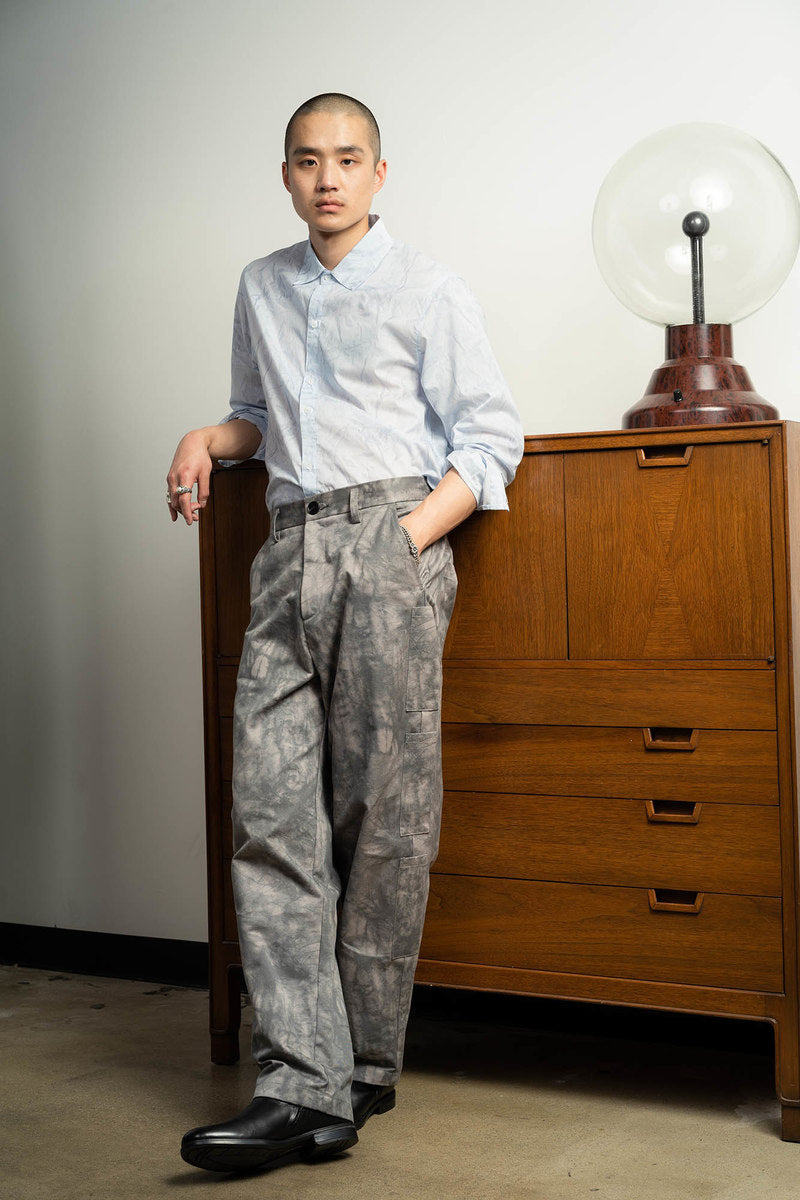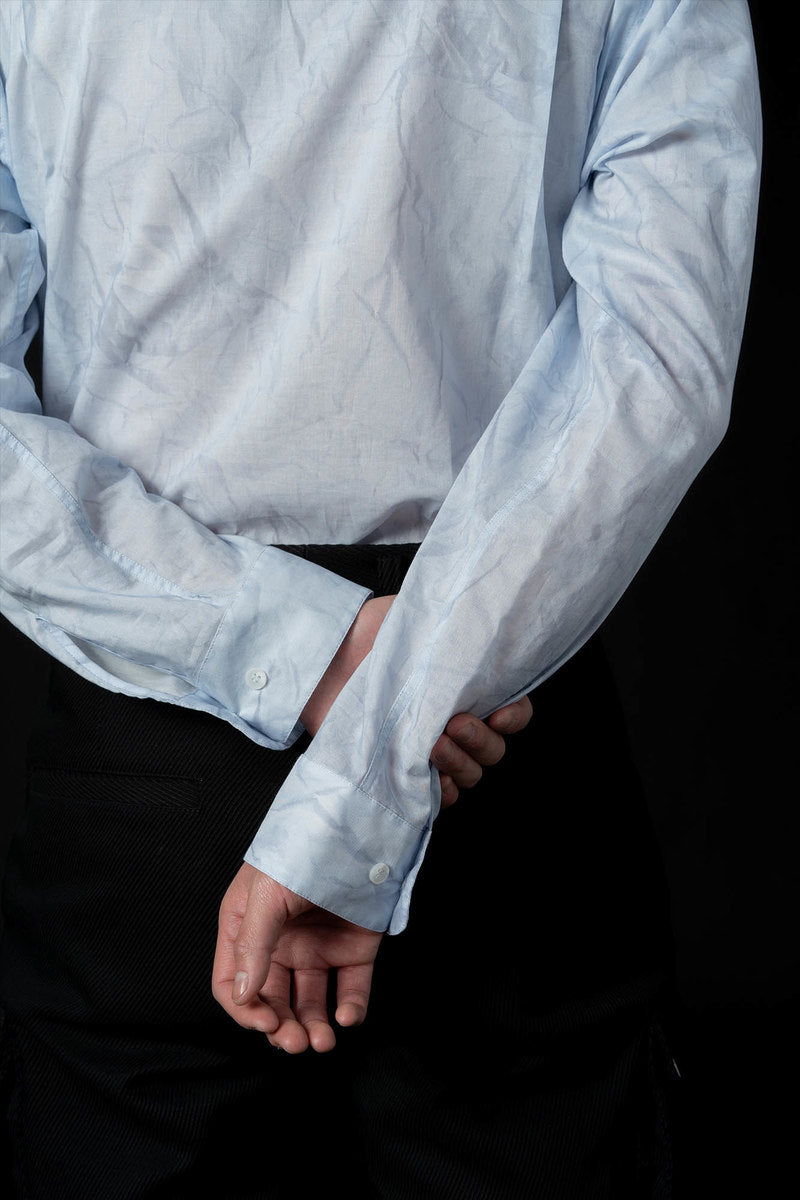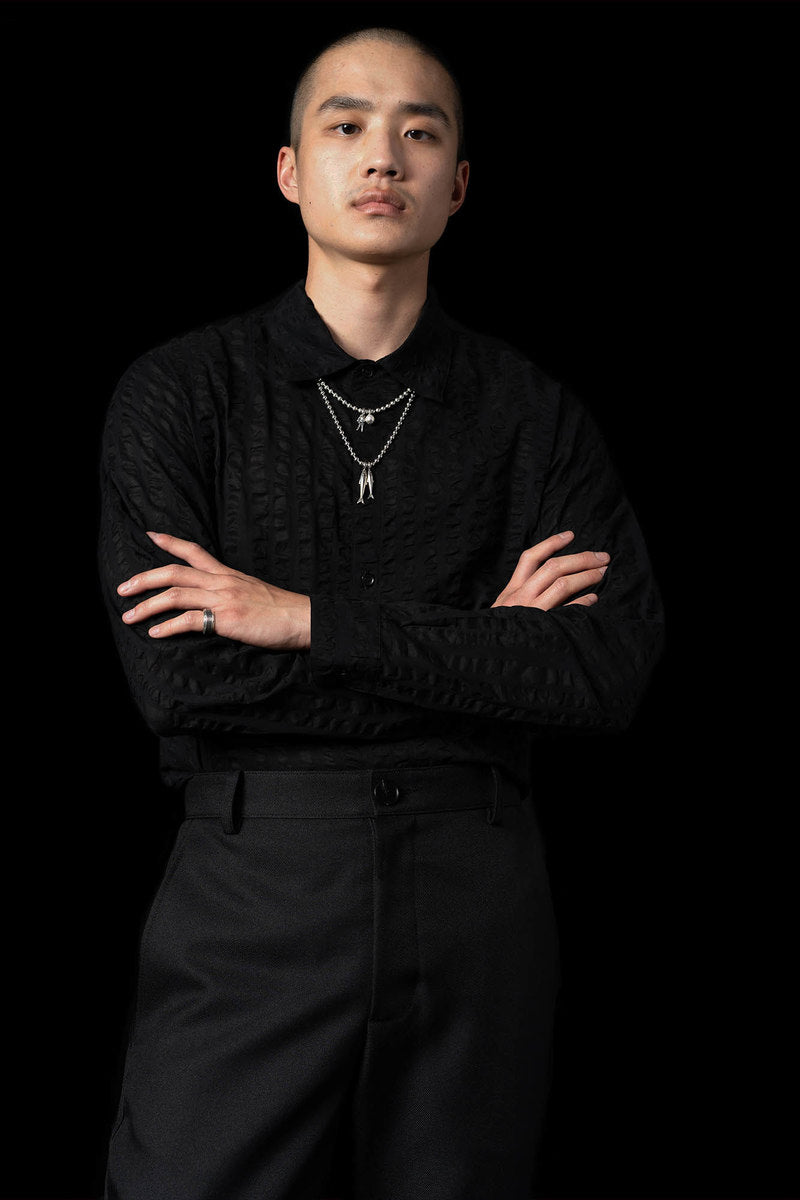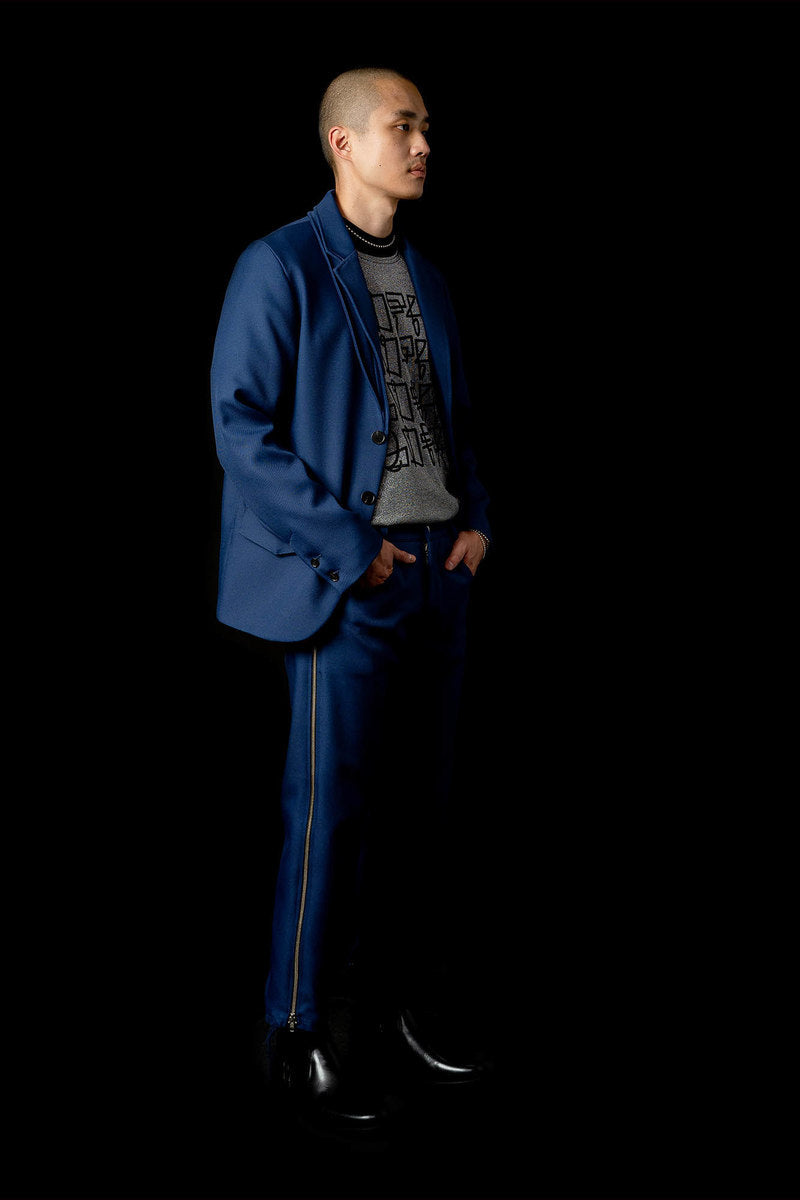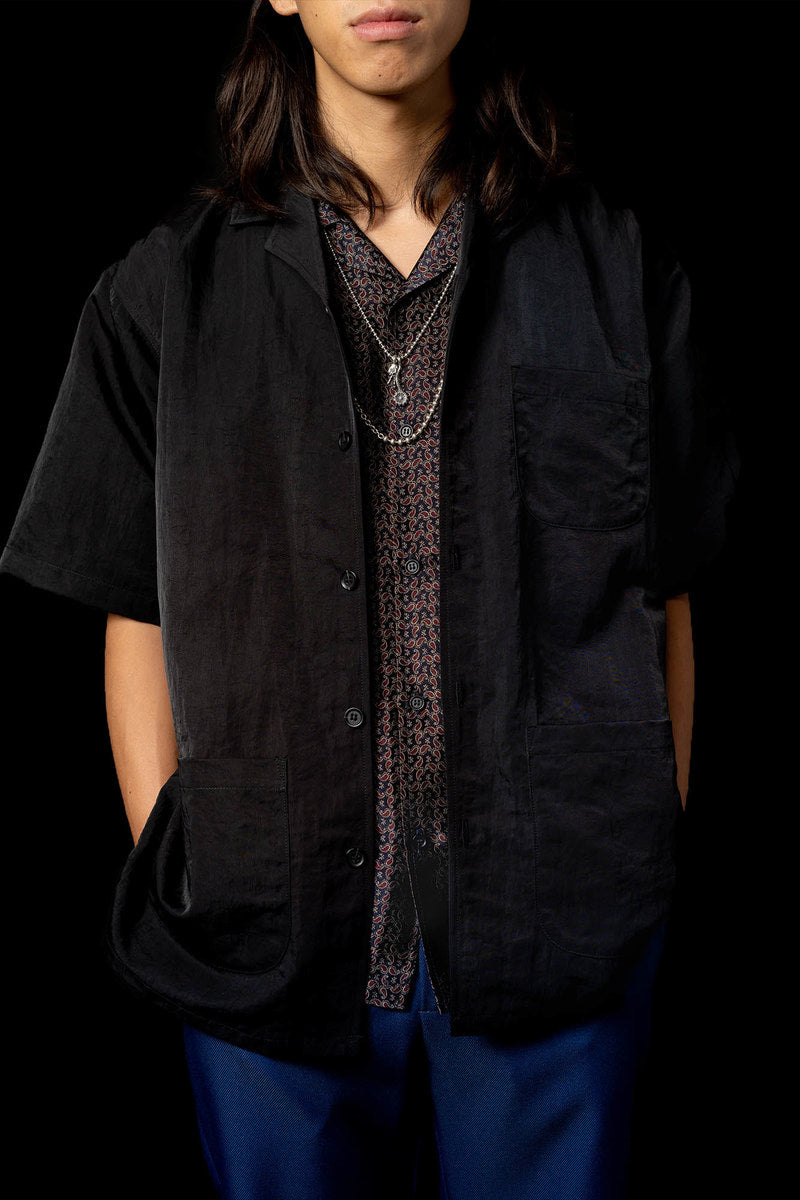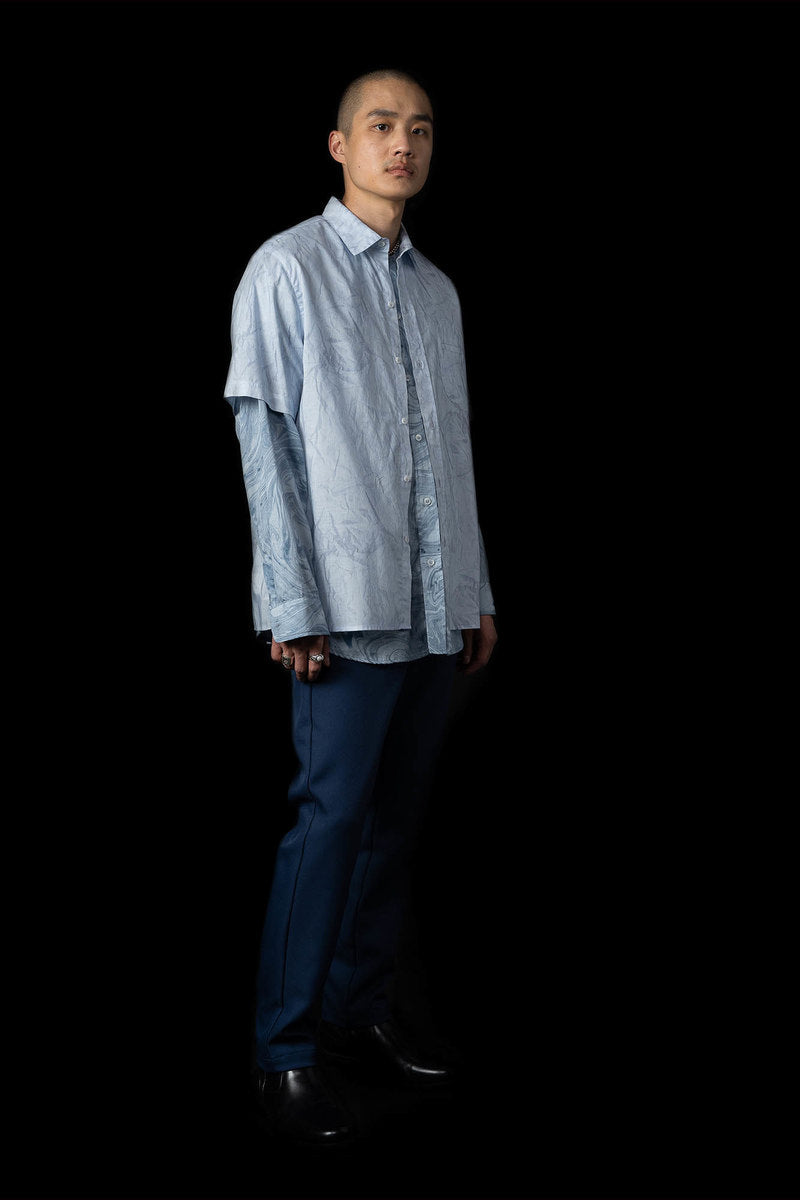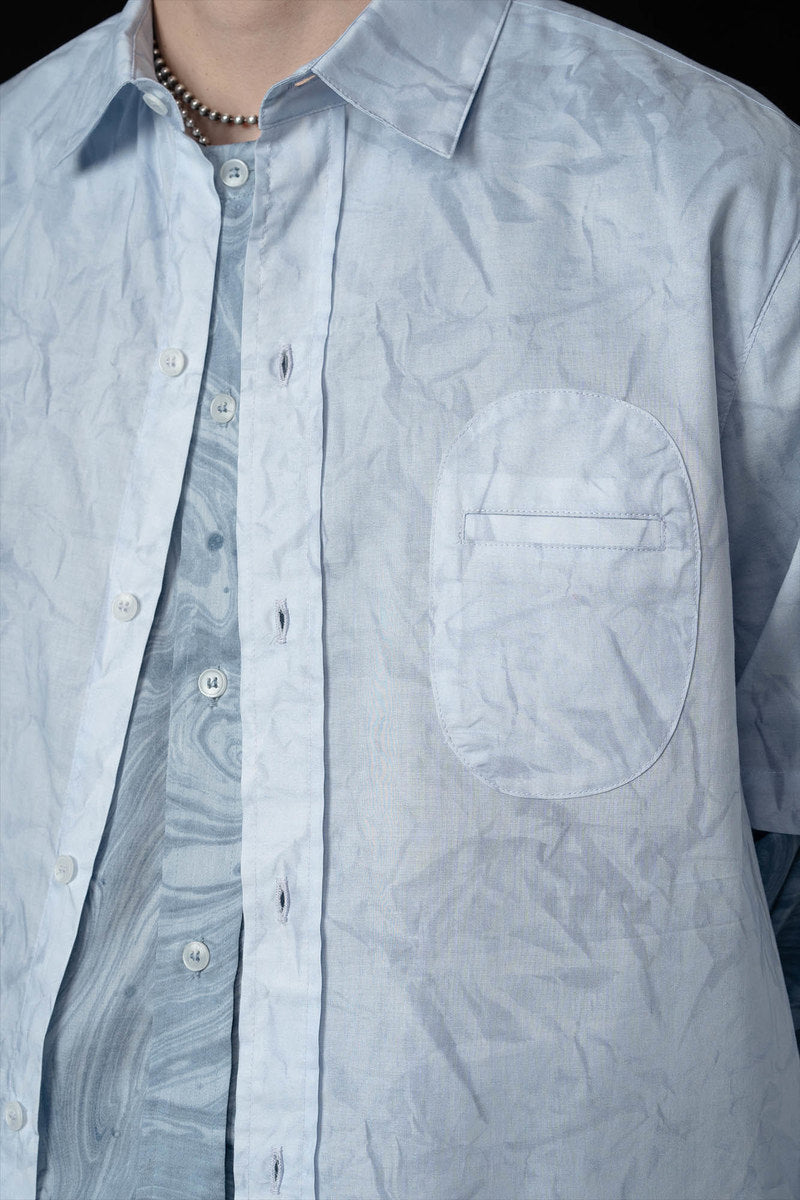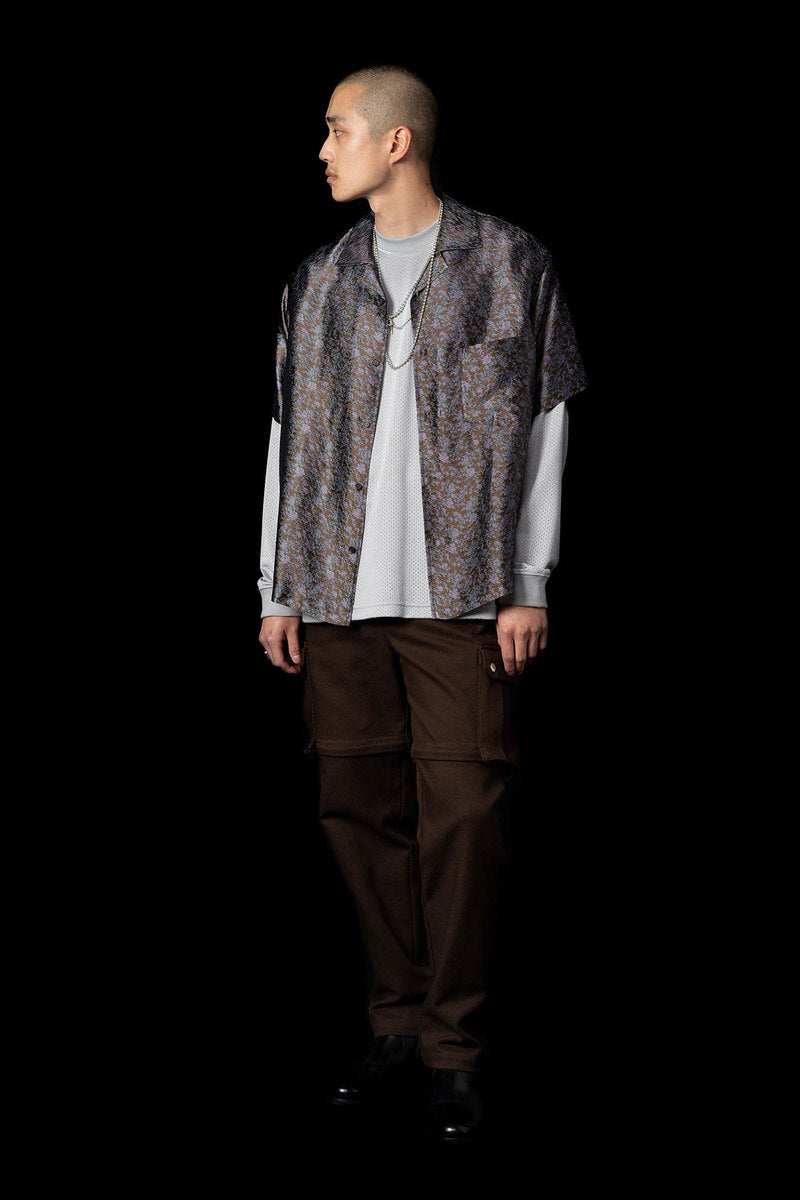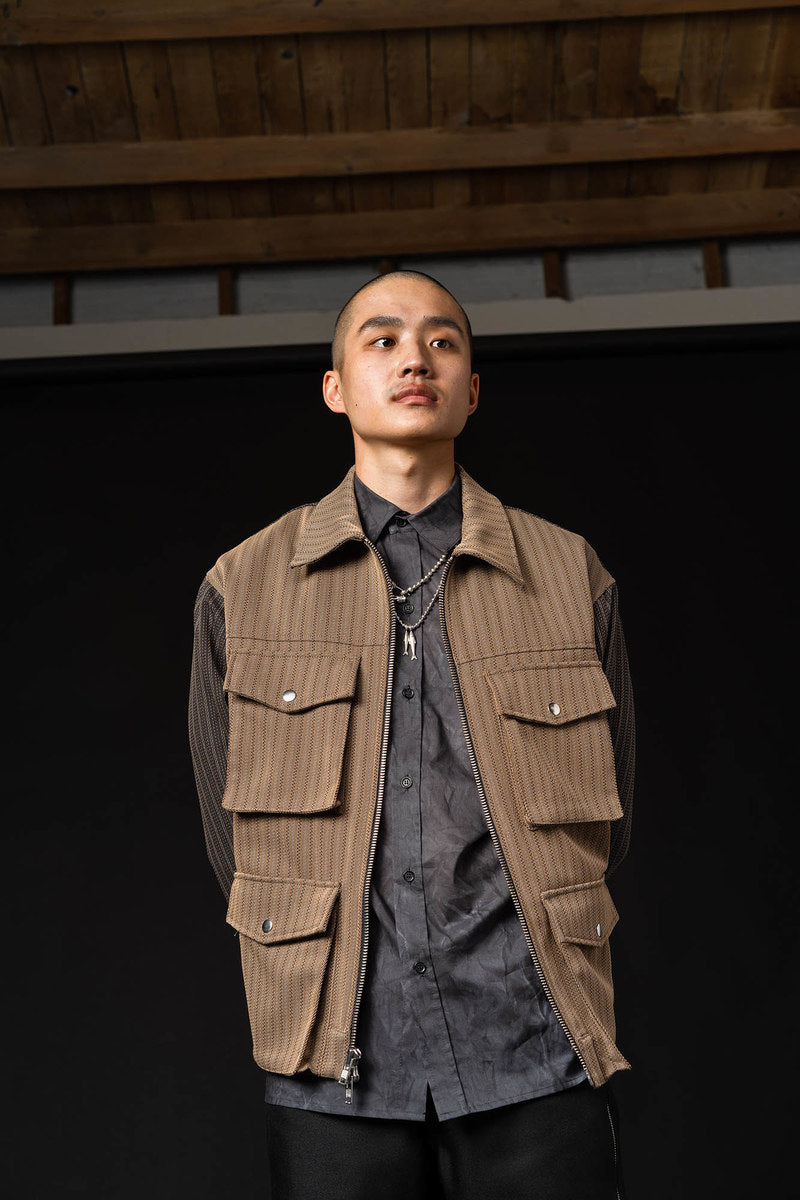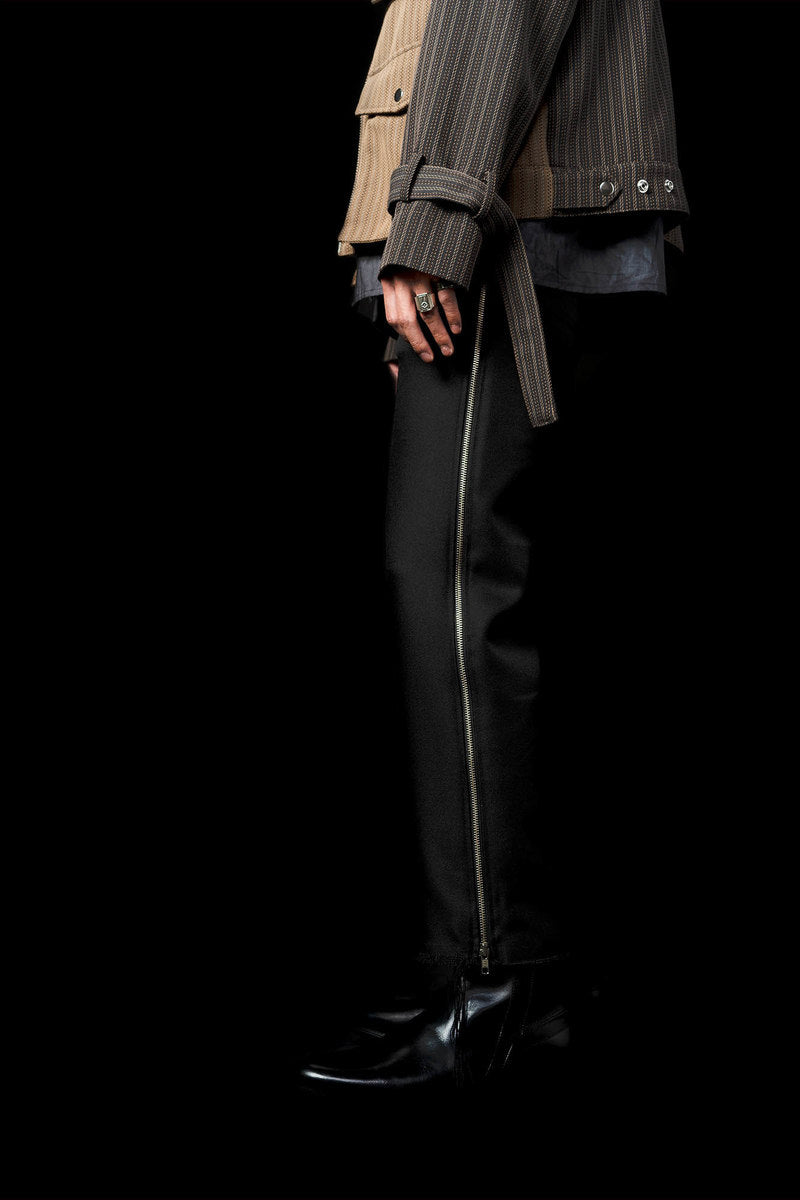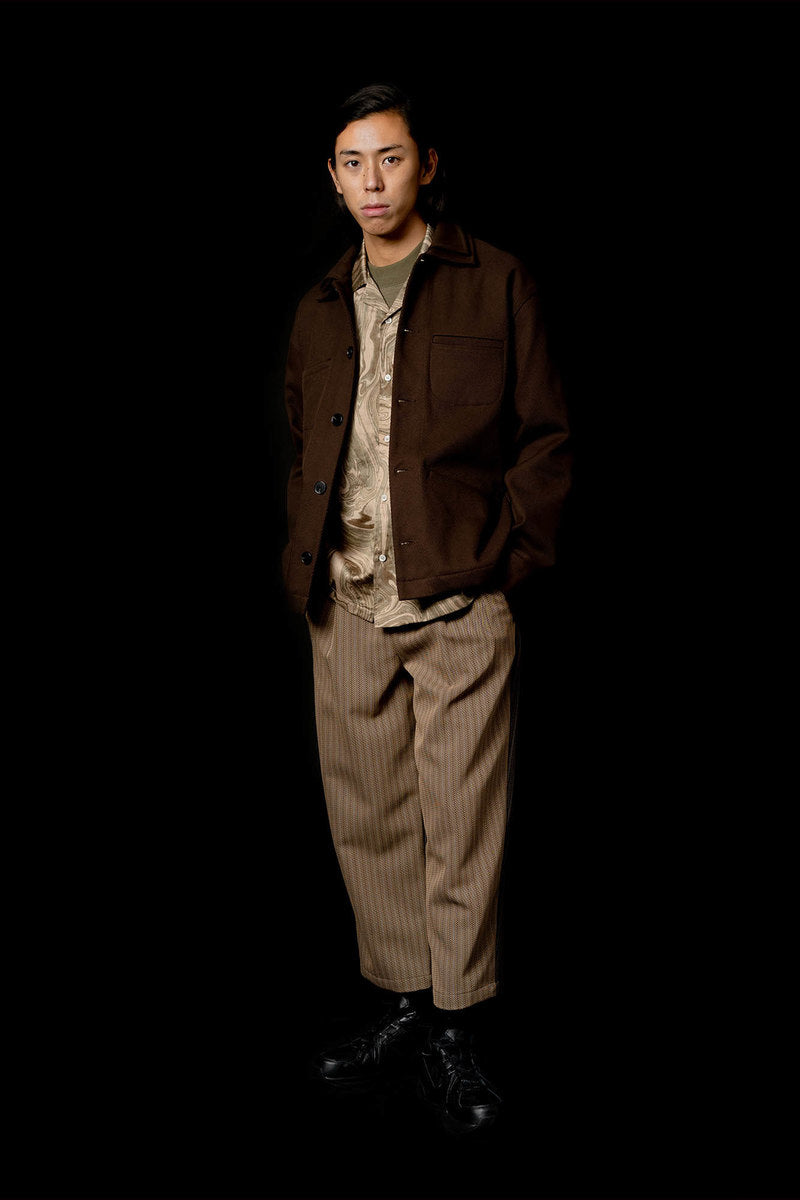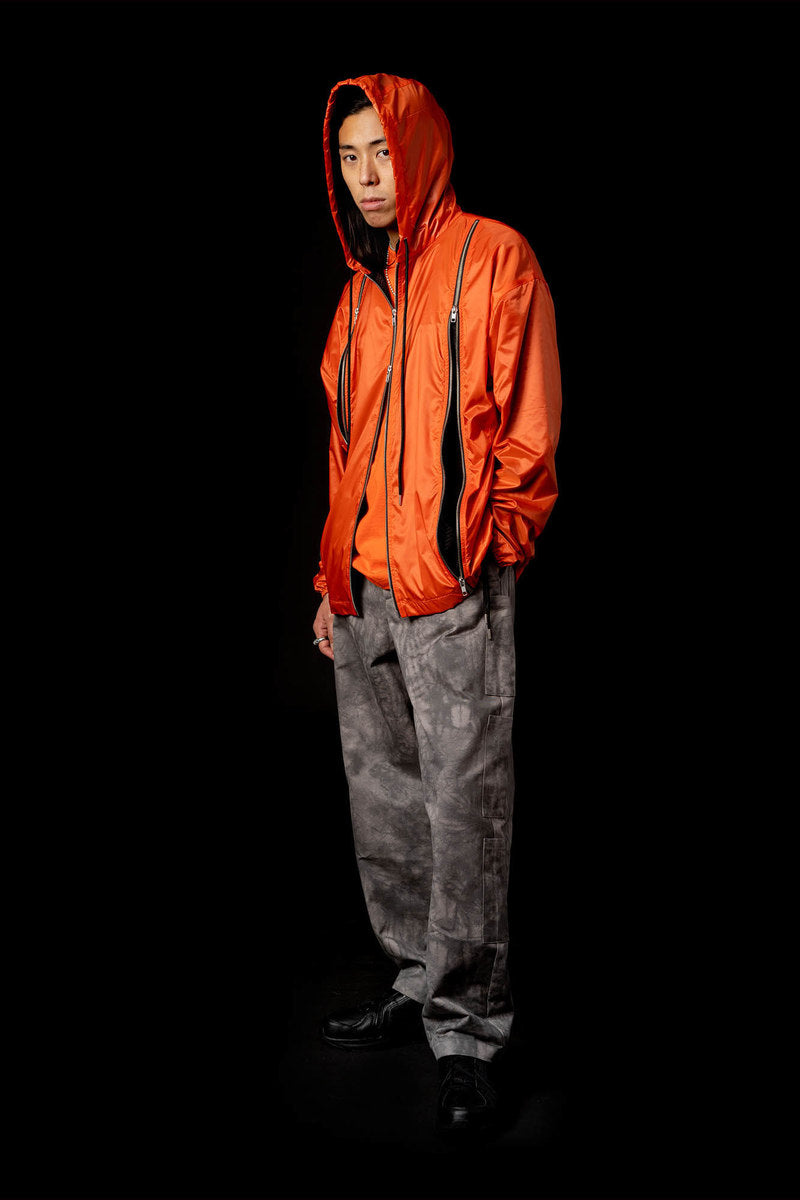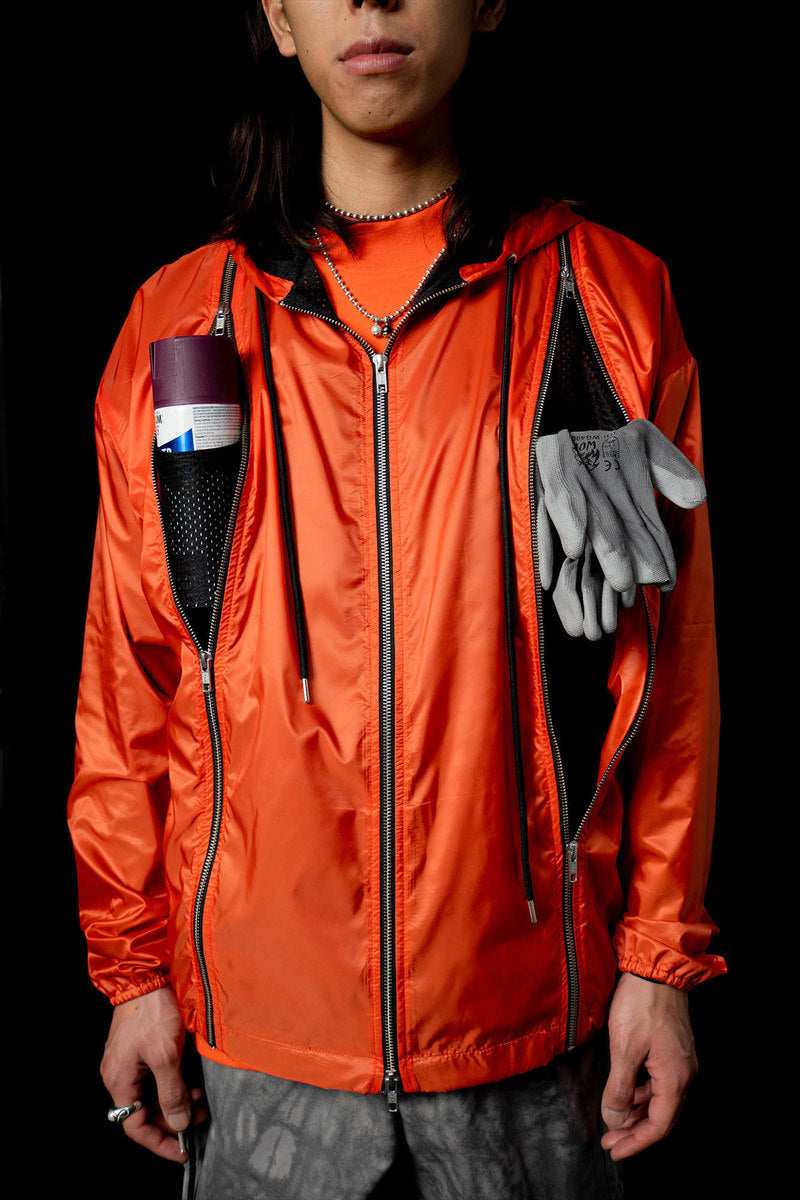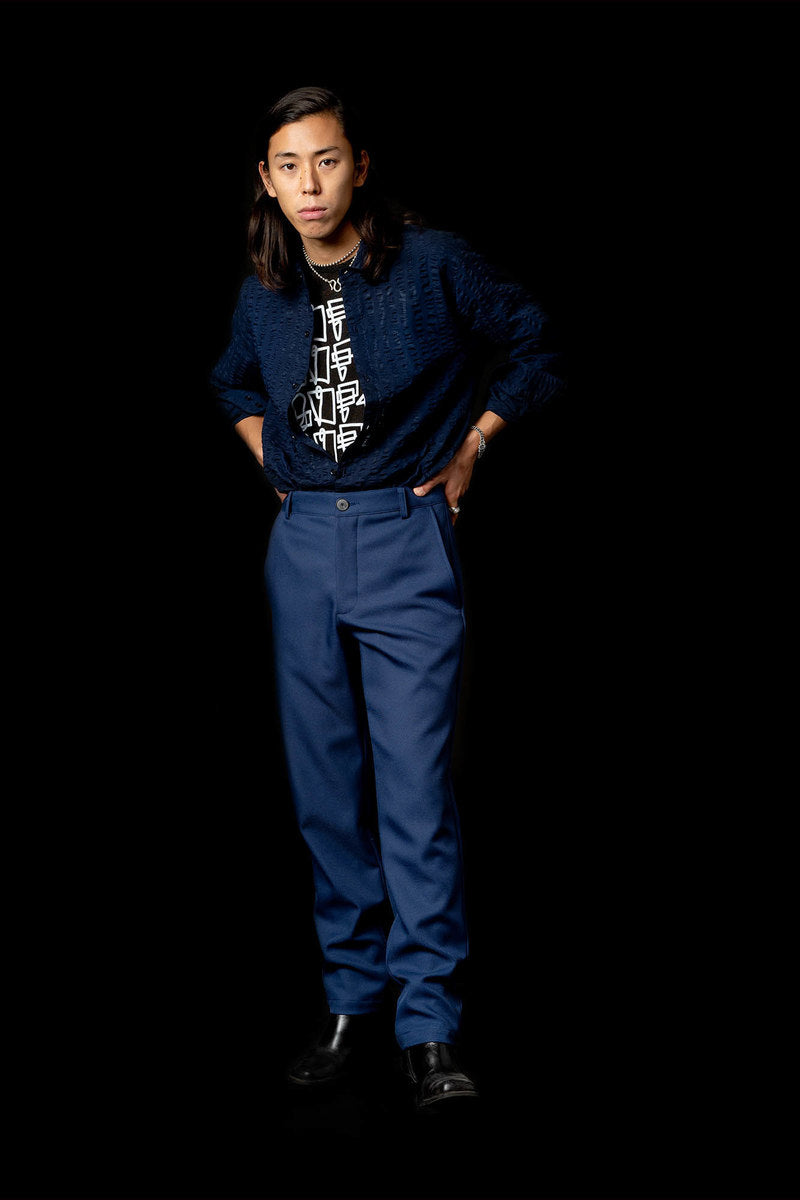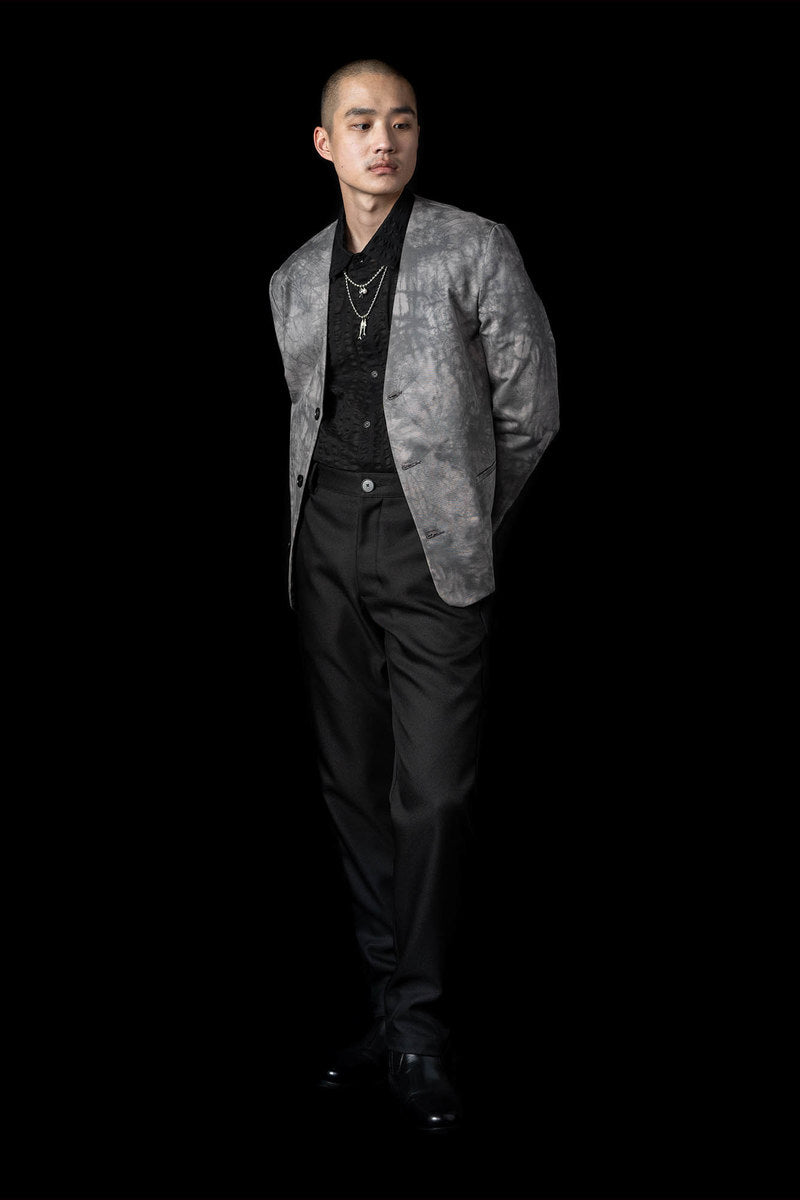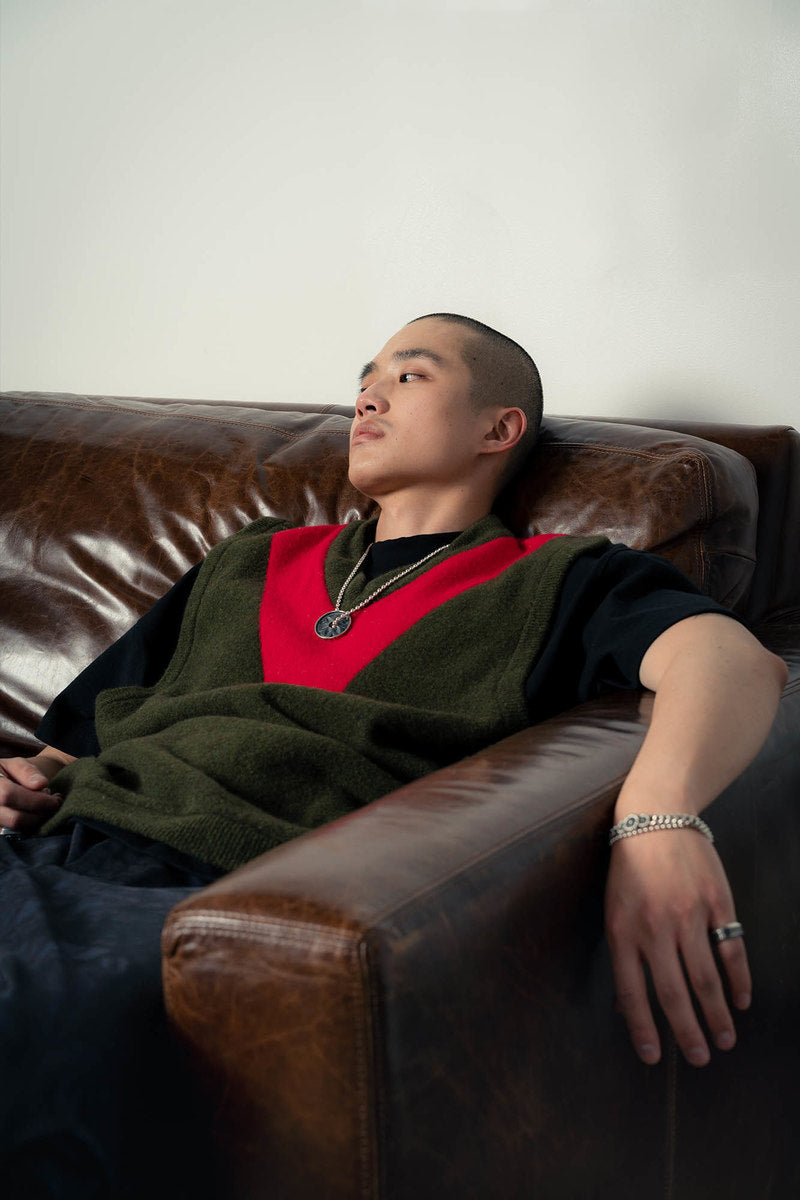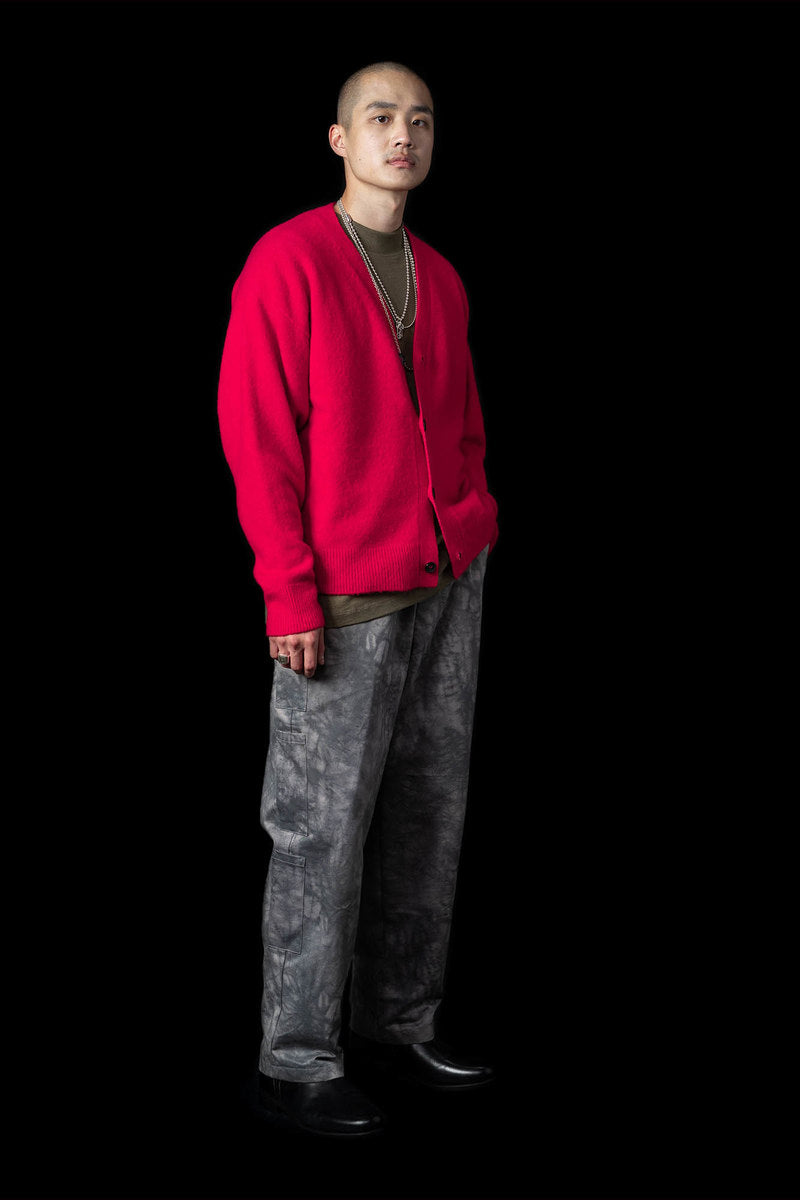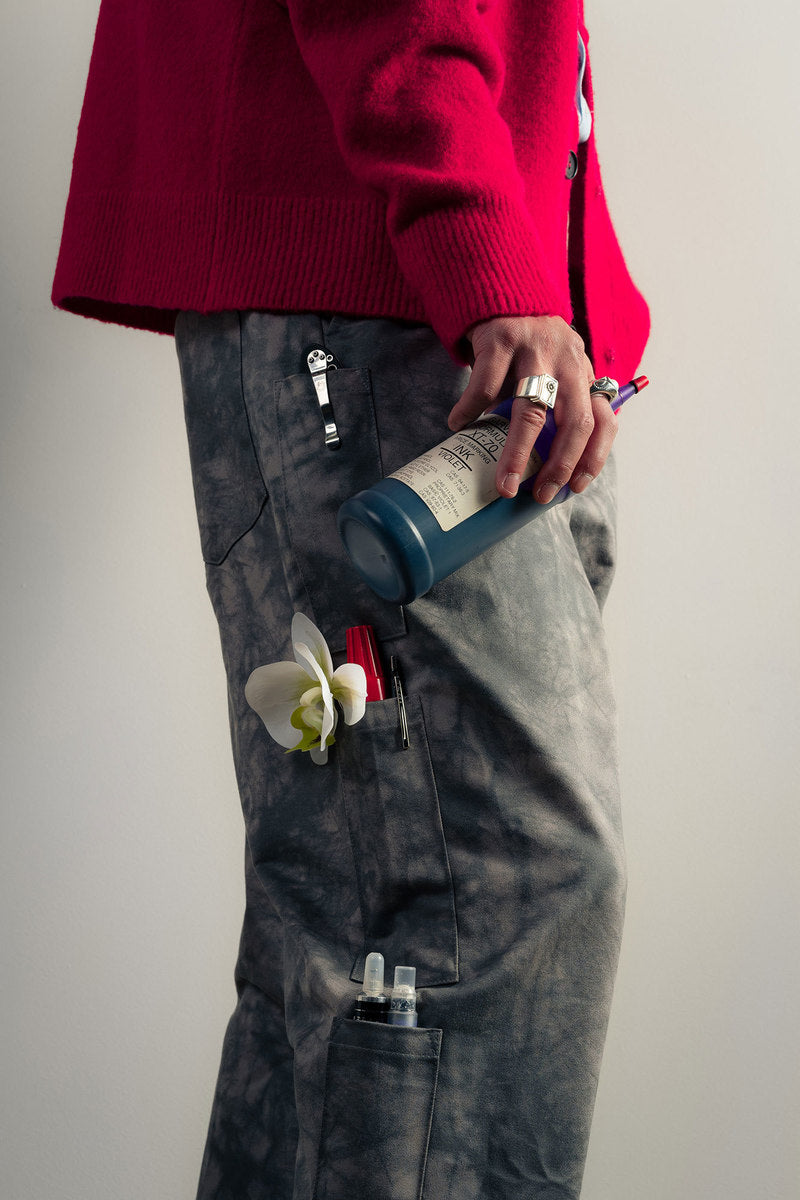Photographer:
Ray Lin
Model:
Ibuki Kobayashi
Korbin Han
FW21 Lookbook
Three Sheets & A Canvas
"TEAR DOWN THE WALL AND ALL OTHERS WILL FALL"
- words scrawled in spray paint on the face of a weathered concrete wall. The term "graffiti" derives from the Italian word "graffiato", which literally means "scratched" to describe the way people would leave inscriptions or pictures in the ancient world.
The practice of writing or drawing on a public wall or surface—usually without permission—dates back to ancient Egypt, Greece, and Rome. Across the globe Mayans had their own graffiti and the Mirror Wall in Sri Lanka bears scribbling from visitors that date back to the 8th century. Even Renaissance artists like Raphael & Michaelangelo left their marks in the ruins of Nero's Domus Aurea like a rabble of touring students. Graffiti has also been a common practice for soldiers, and their inscriptions range from the work of Viking mercenaries in Istanbul to the striking etchings of Crusaders in the church of the Holy Sepulchre. The fortress of Verdun in France bears the marks of a World War II soldier, made at 2 separate times:
"Austin White - Chicago, Ill - 1918
Austin White - Chicago, Ill - 1945
This is the last time I want to write my name here."
"Art or vandalism?" This is the age old controversy of graffiti. The 70s and 80s saw the adoption of graffiti by subcultures like the punk rock movement to mark night clubs and hangouts, and then take its most familiar contemporary form as hip hop culture embraced the practice as an outlet for marginalized artists that lacked access to mainstream media. From "Free Huey" to "FUCK", from Bozo Texino to Keith Haring, graffiti—no matter the era, no matter the style—has served as a universal marker for proof of existence and uncensored expression.
The Fall Winter 2021 collection explores the complicated nature of graffiti as a form of communication, as an existential marker, and as an agent of dissent. Some garments are crafted with functionality as the driving motivation, while others grapple with art itself. Pockets are fashioned externally or internally to stash cans, markers, or tools. Fabrics were often times sourced to deal with a single idea in two different ways—eg. a heavyweight poly-satin was chosen for its natural crinkle texture while a crinkle print fabric was used on shirting in a visually similar but physically different way. Details like these allow for tonal configurations of not only color, but texture.
Two separate fonts were custom designed for the collection: one inspired by the striking Brazilian style of "pichação", which bears more resemblance to Sumerian cuneiform than traditional wall tags, the other influenced by designer Calvin Nguyen's own graffiti which has continued since he first started tagging in grade school. Styles like the Ghostee Top obscures artwork with a sheer mesh layer to mimic the temporal nature of "dishu" water calligraphy practiced by elders in China in a literal form of "street art" for public spaces. Goodfight's running motif of duality and the meeting of divergent identities continues with double collar details and laces. A very special highlight in the collection is a collaborative oversize tote with Parisian artist Lady K, featuring one of her iconic works.
"TEAR DOWN THE WALL AND ALL OTHERS WILL FALL" - the words are immortalized in a photograph that has lasted long past the wall it adorned was demolished. Art or vandalism? It was graffiti, written without license to be sure, on a wall that was ironically also erected without the permission of the neighborhood's inhabitants. And while the structure no longer exists, the spirit of the message remains, etched into history and into the memories of those who would pass by the inscription everyday on the west side of a fractured German city called "Berlin".
